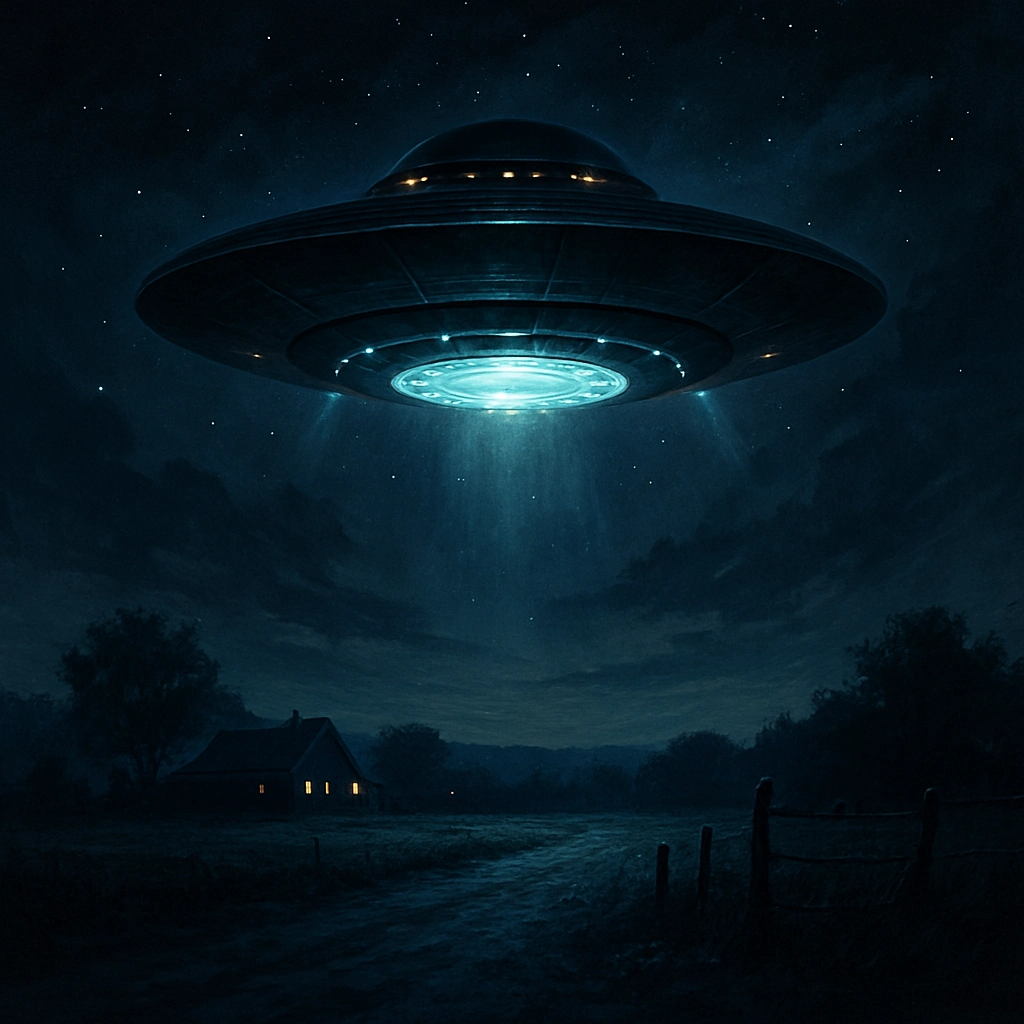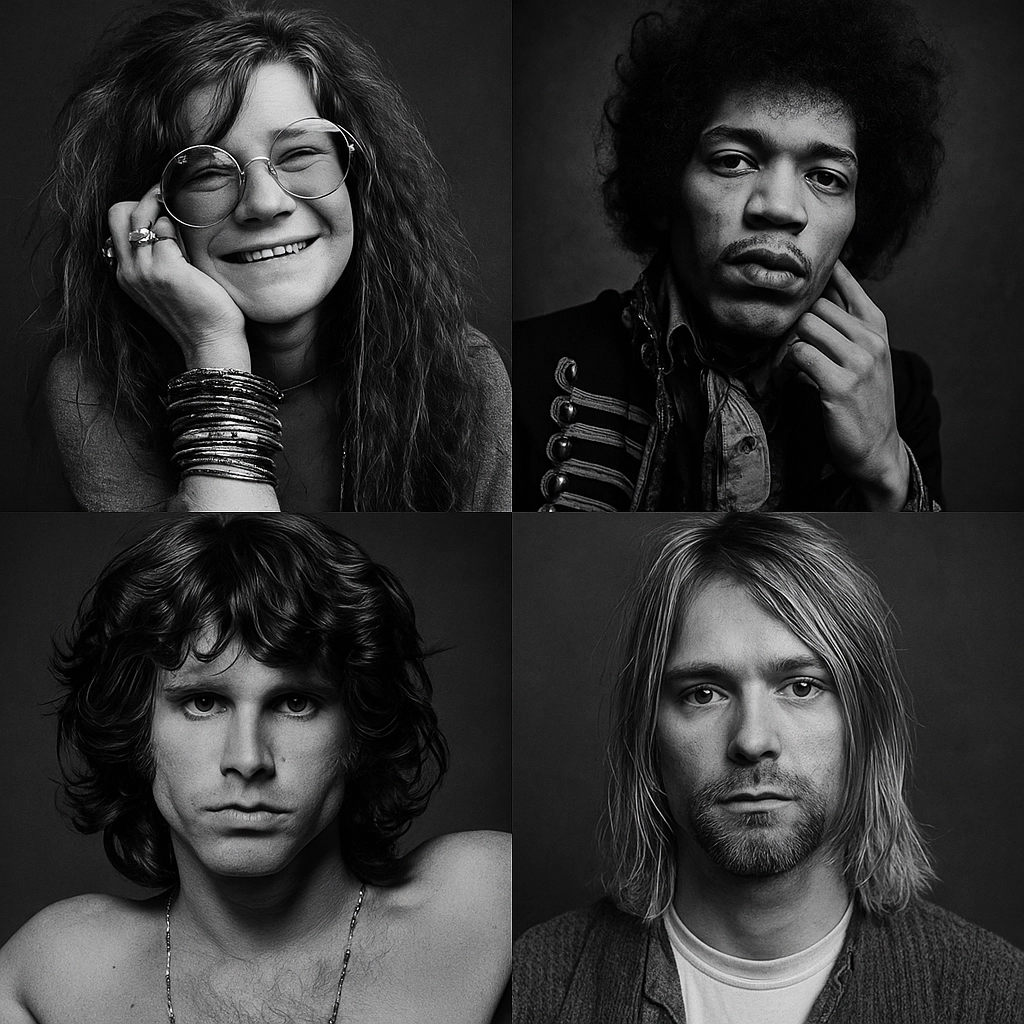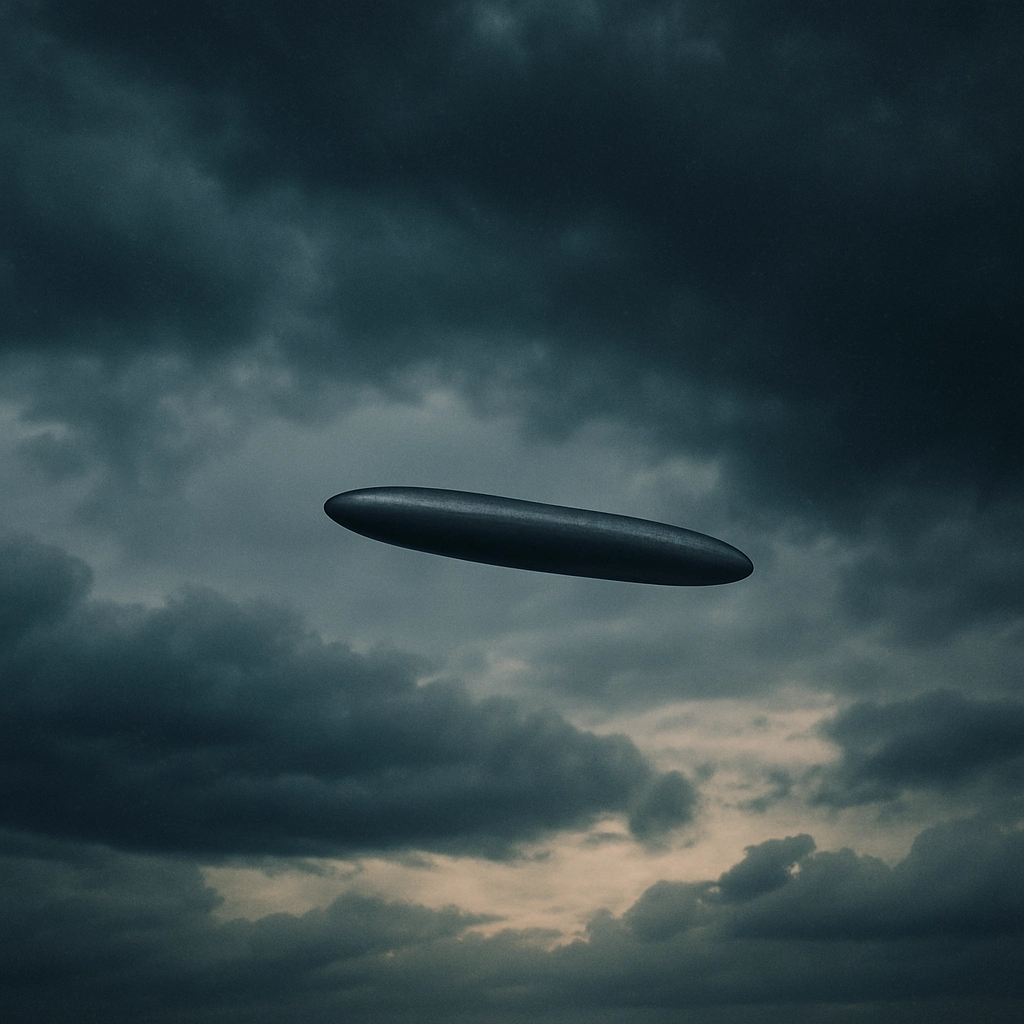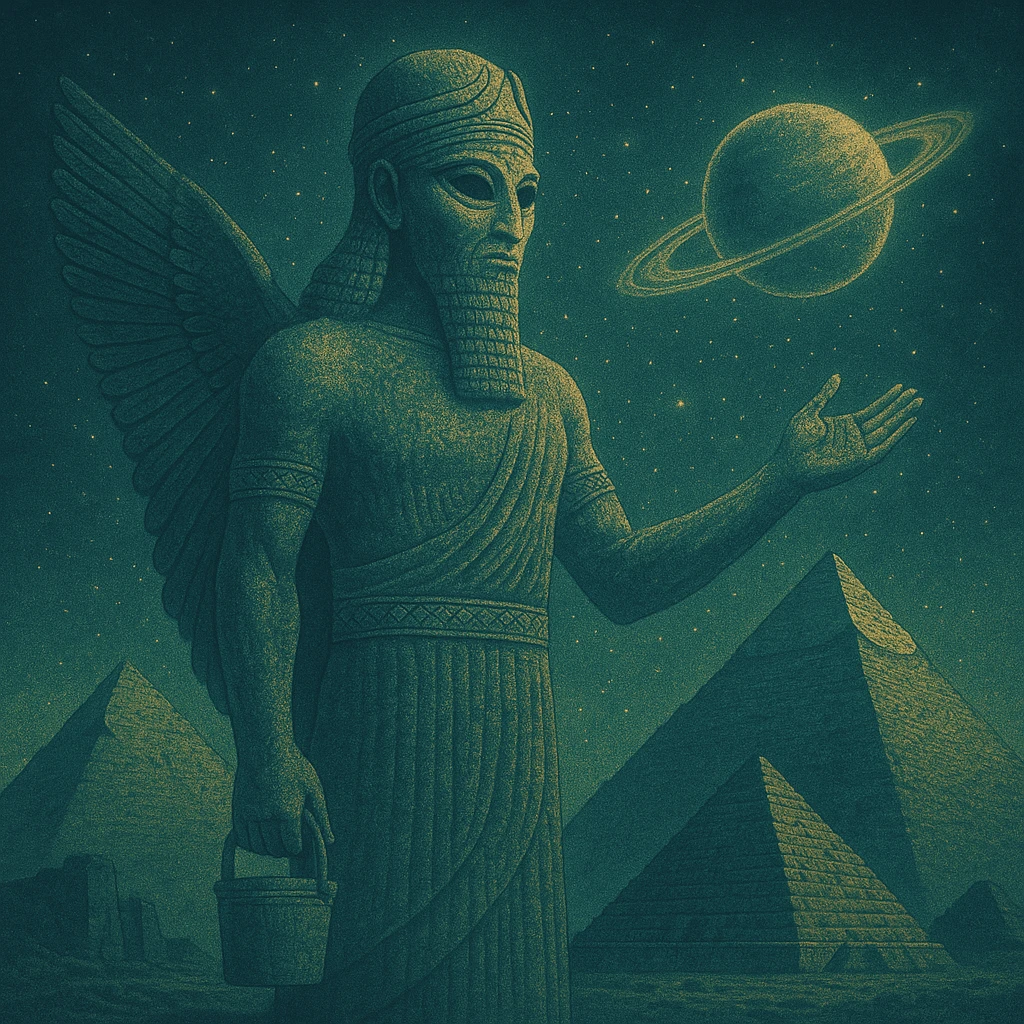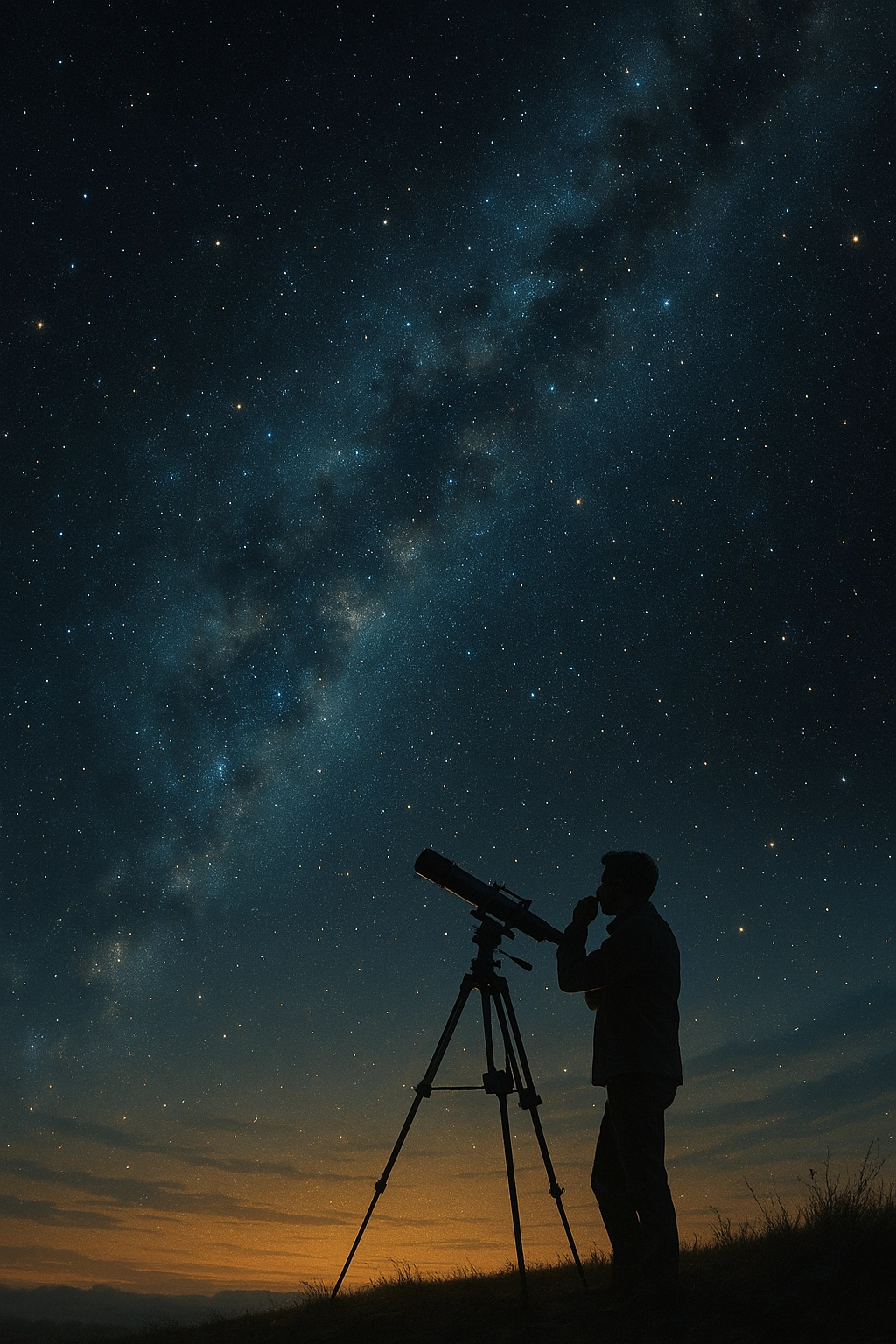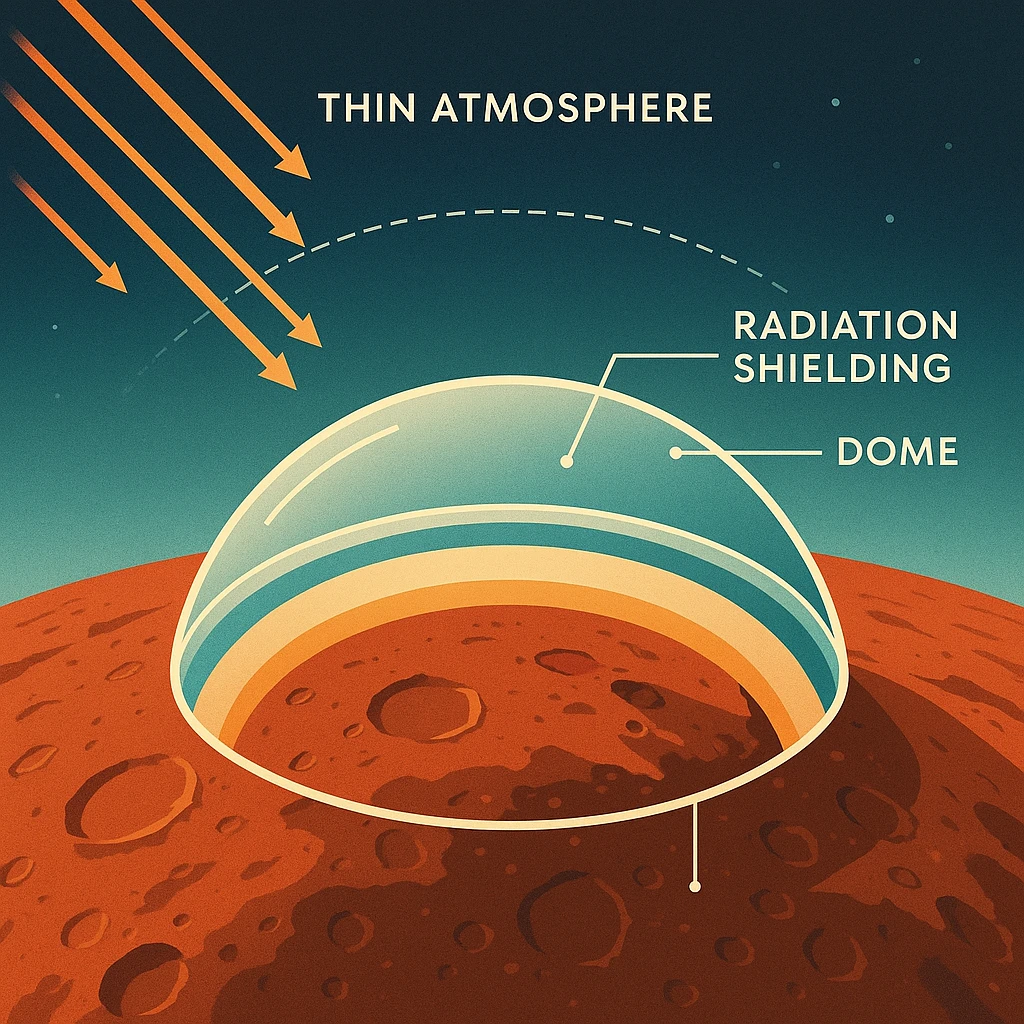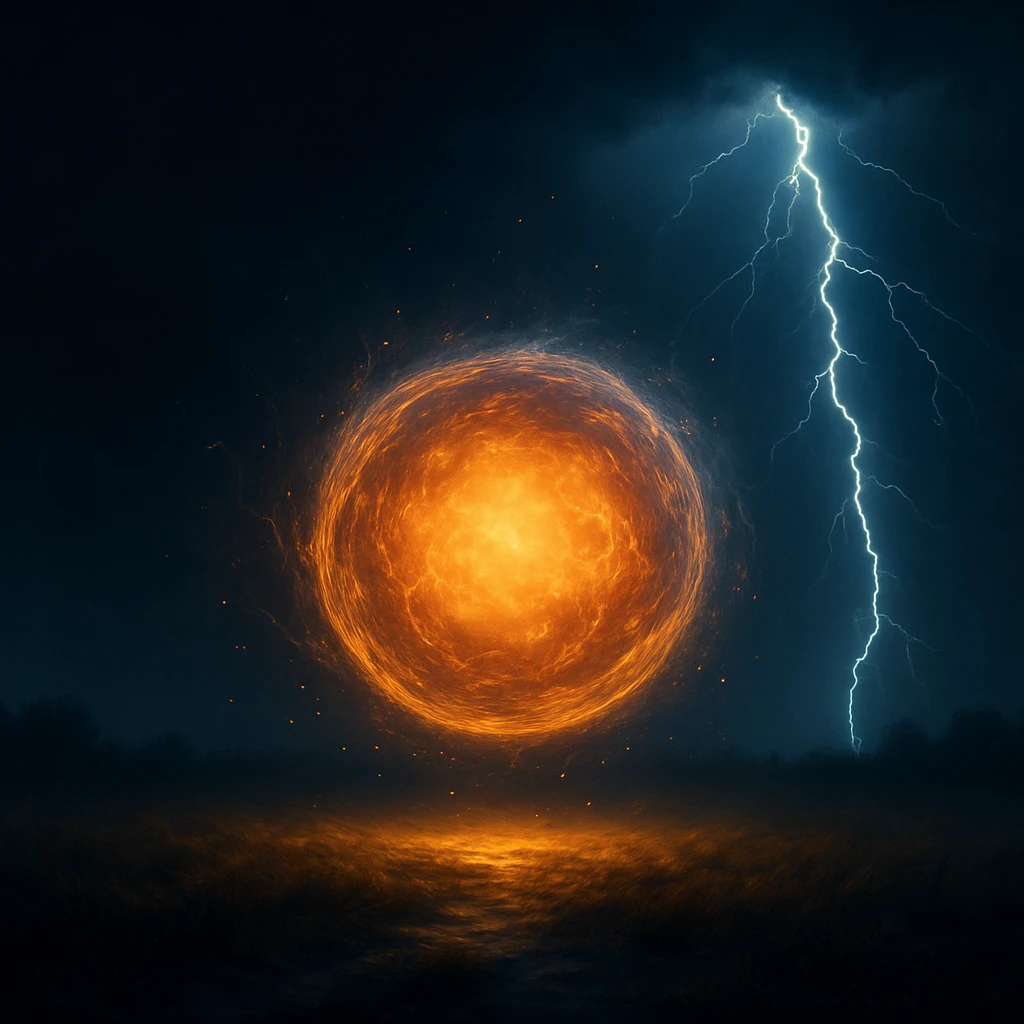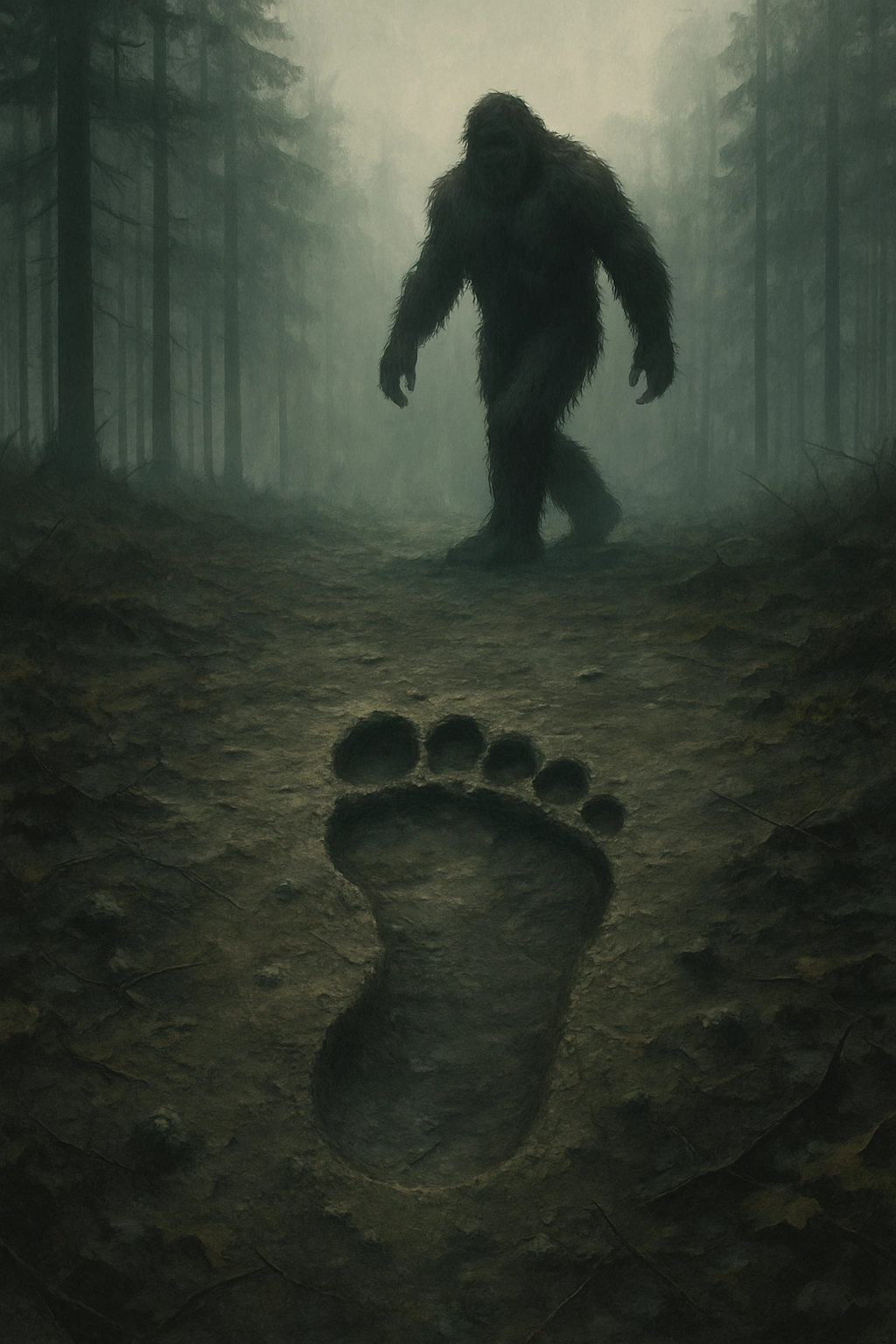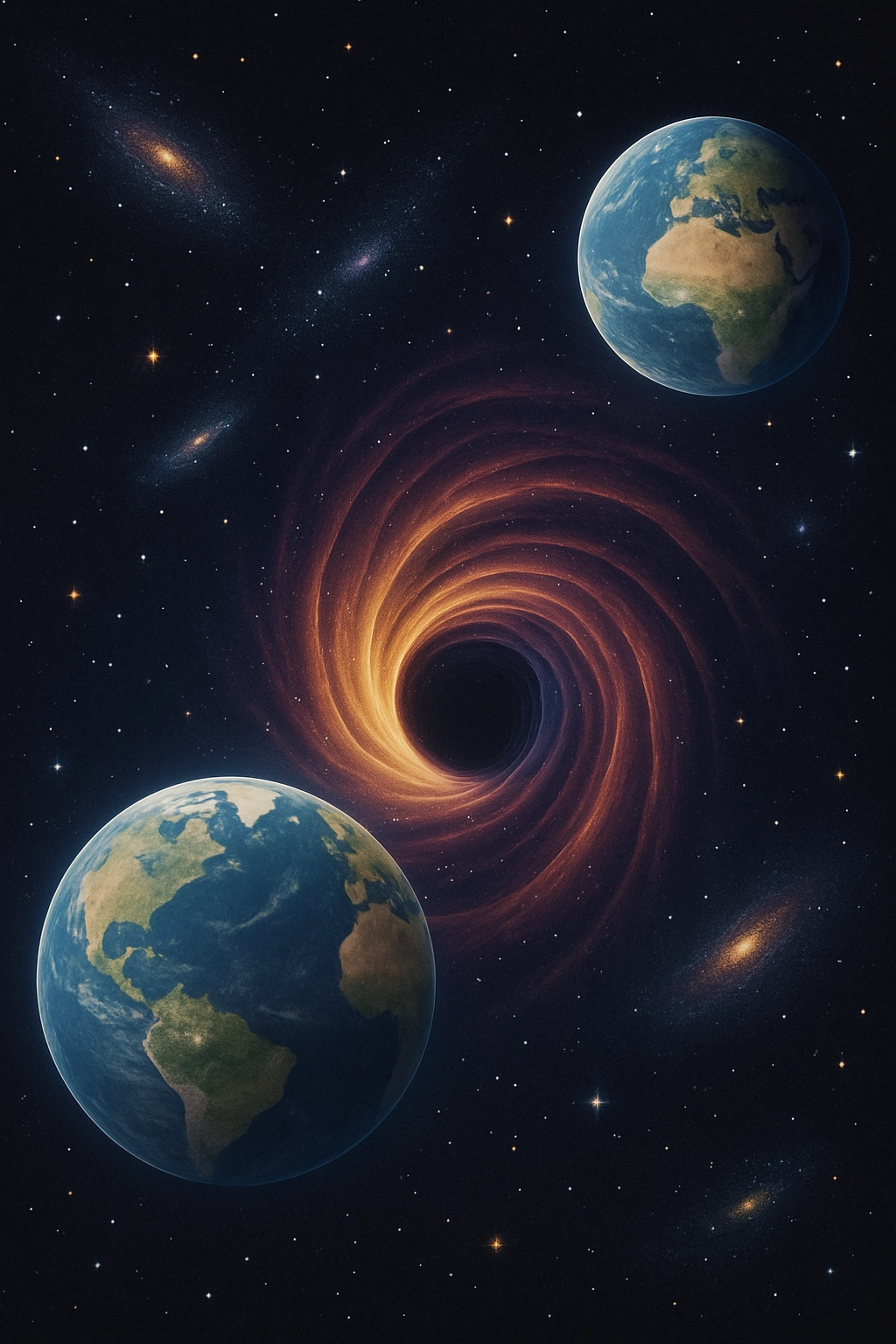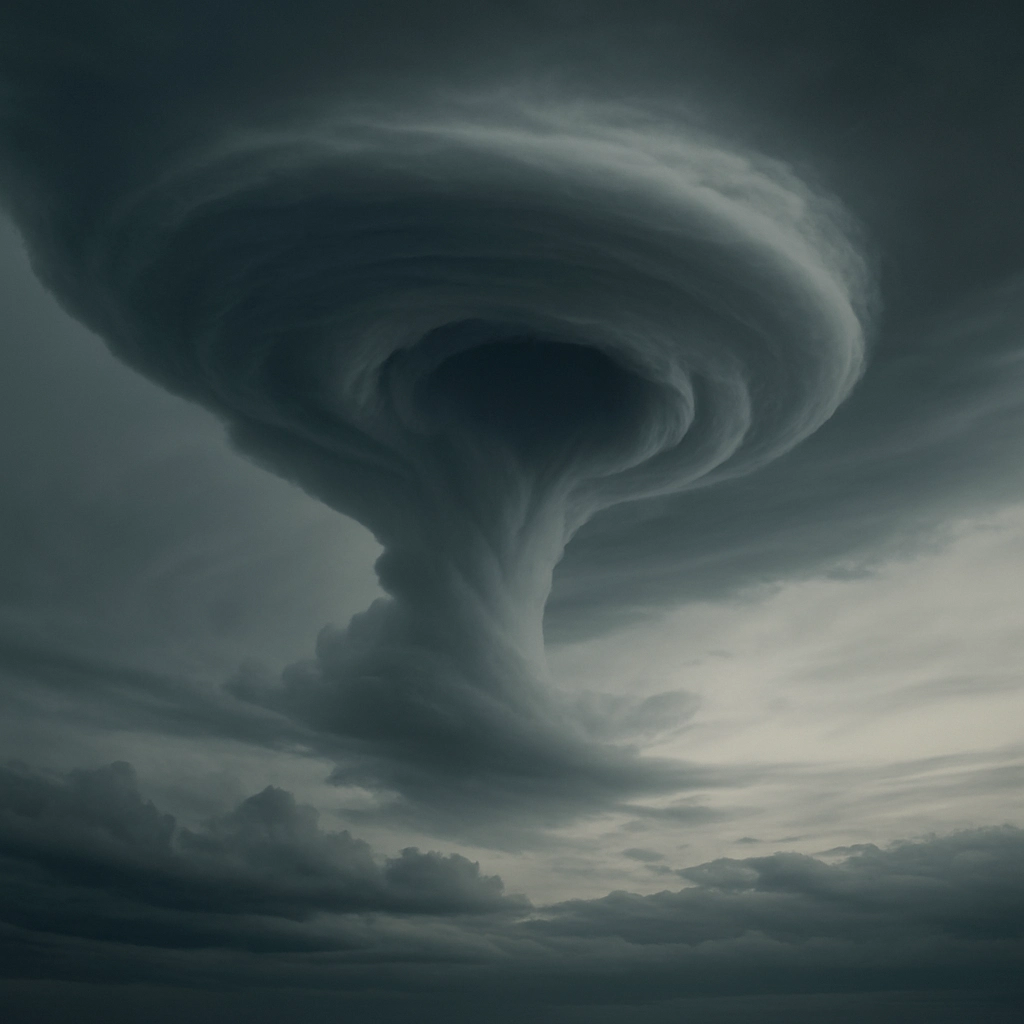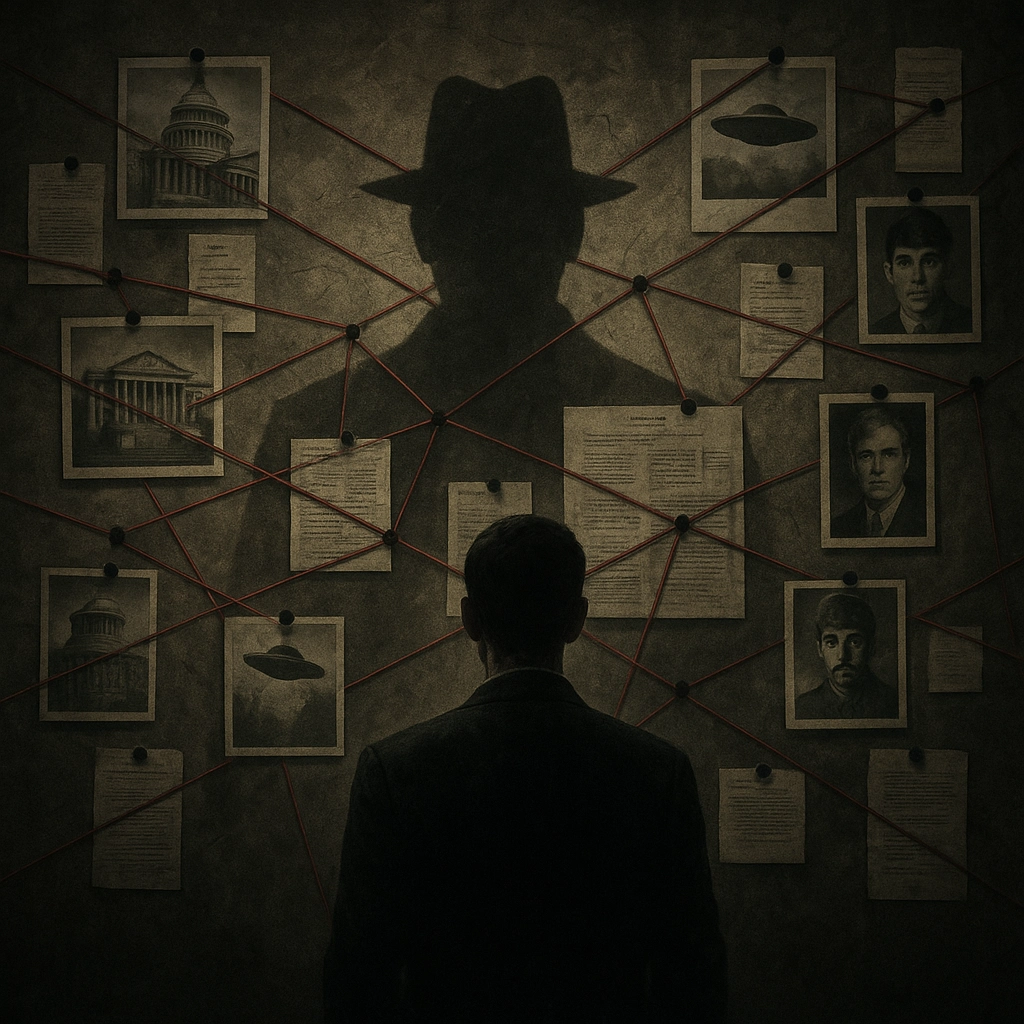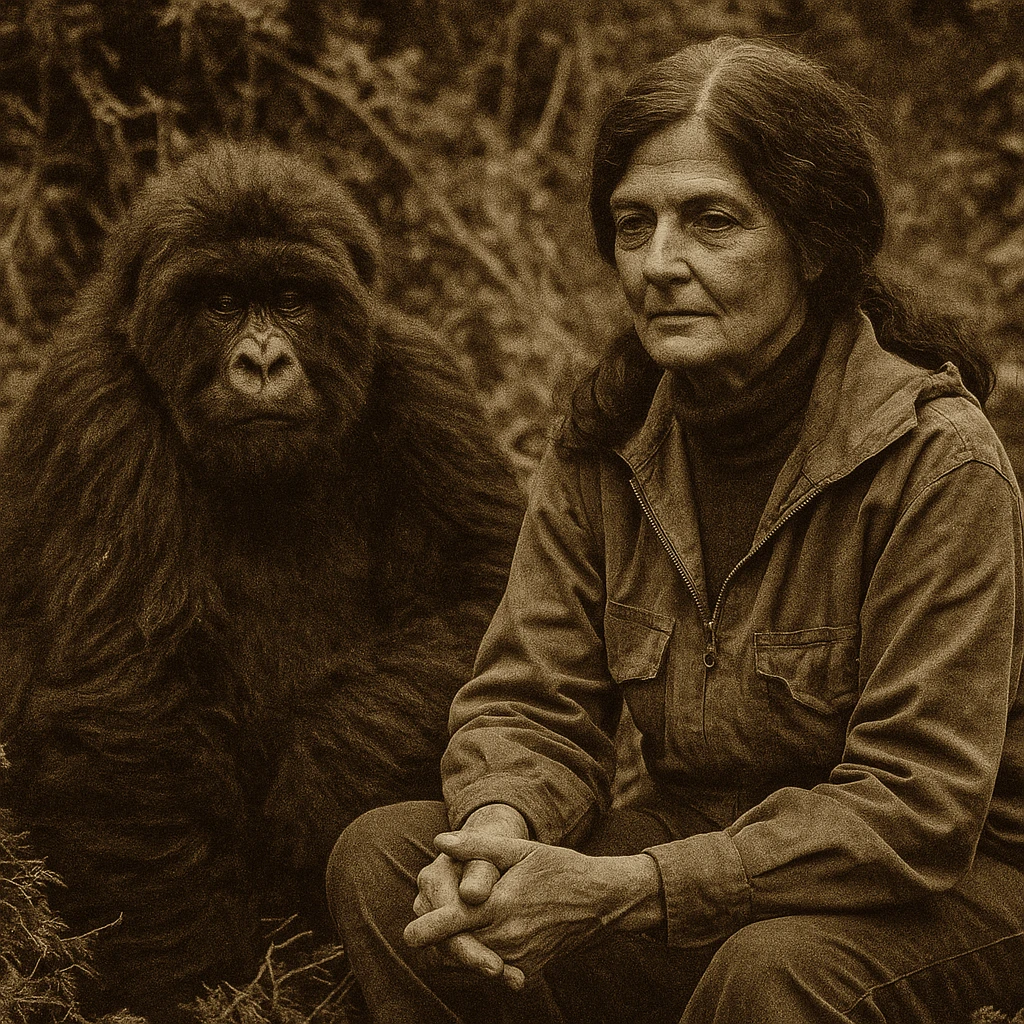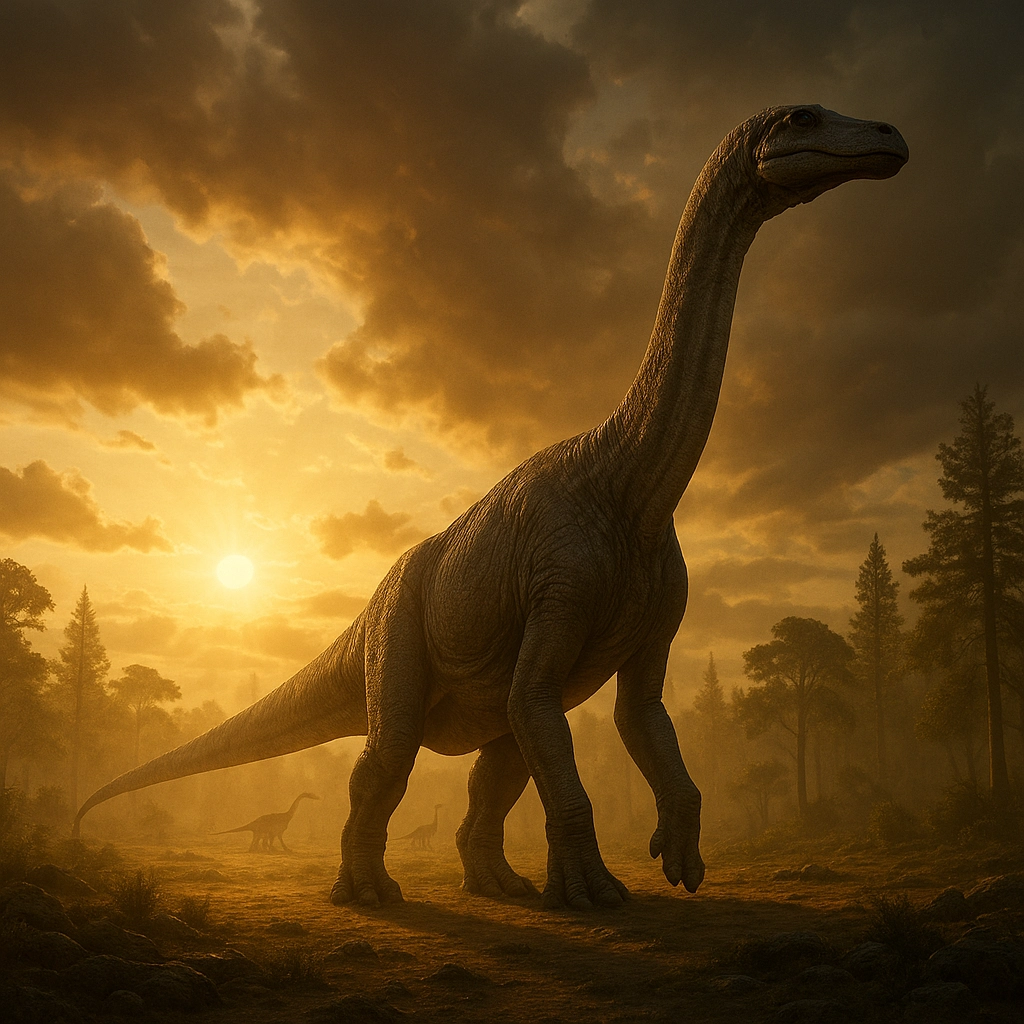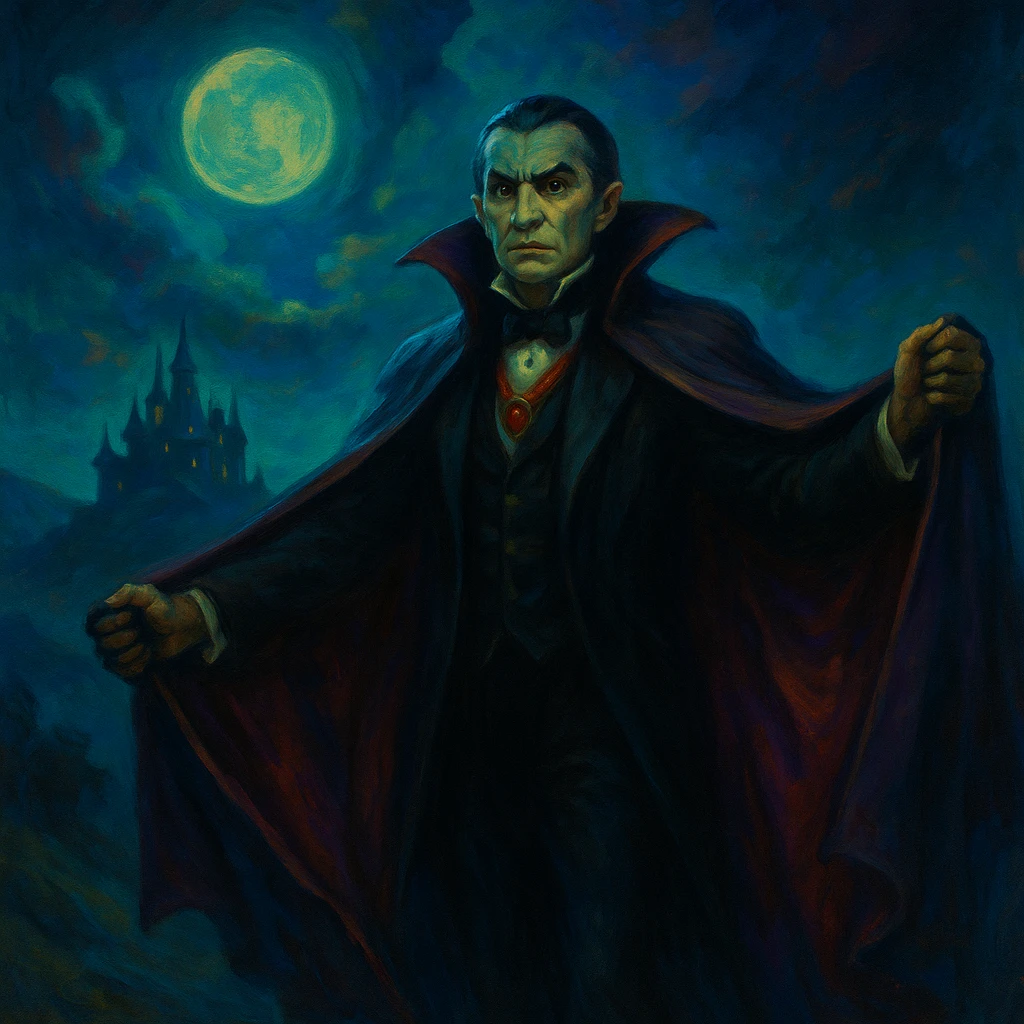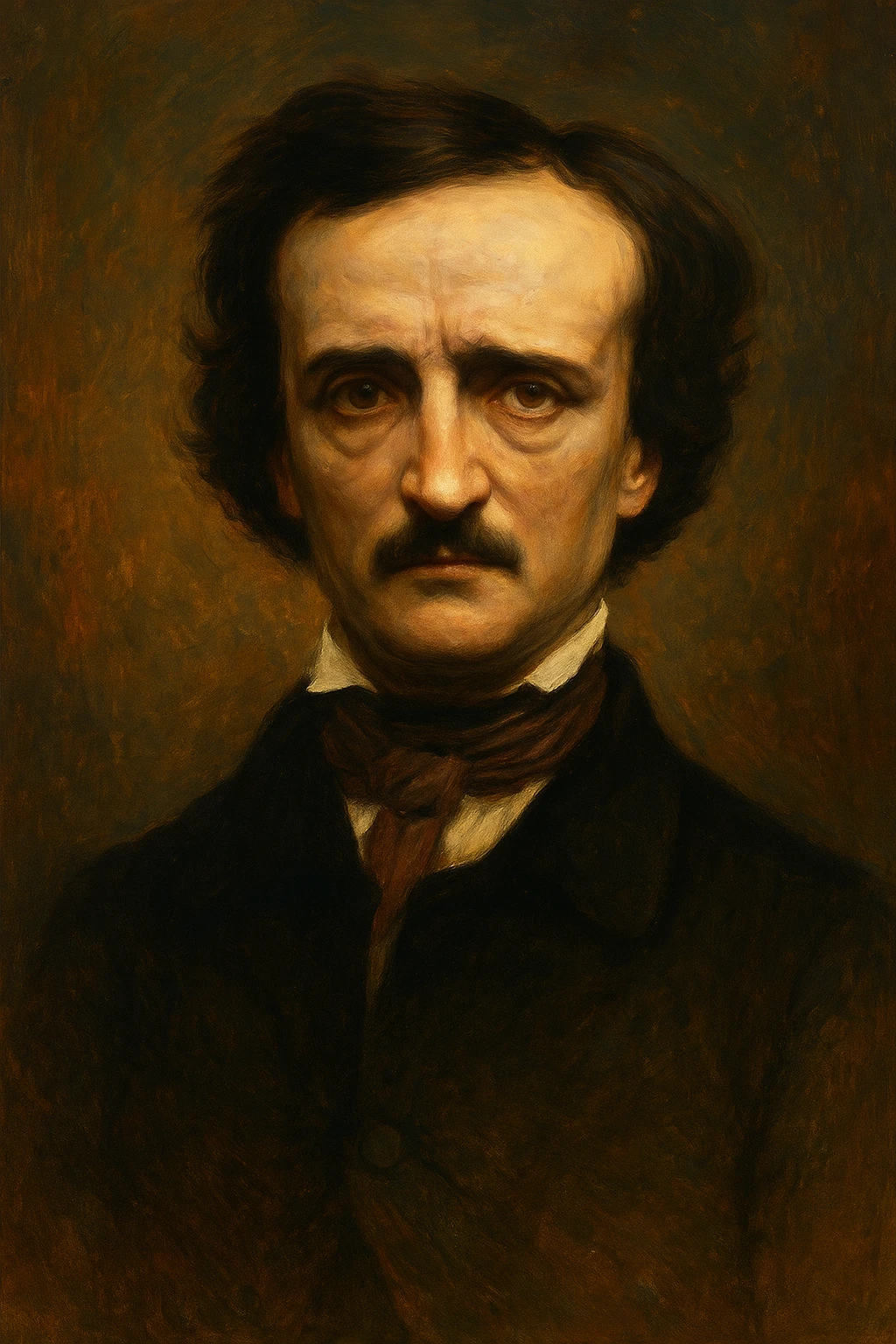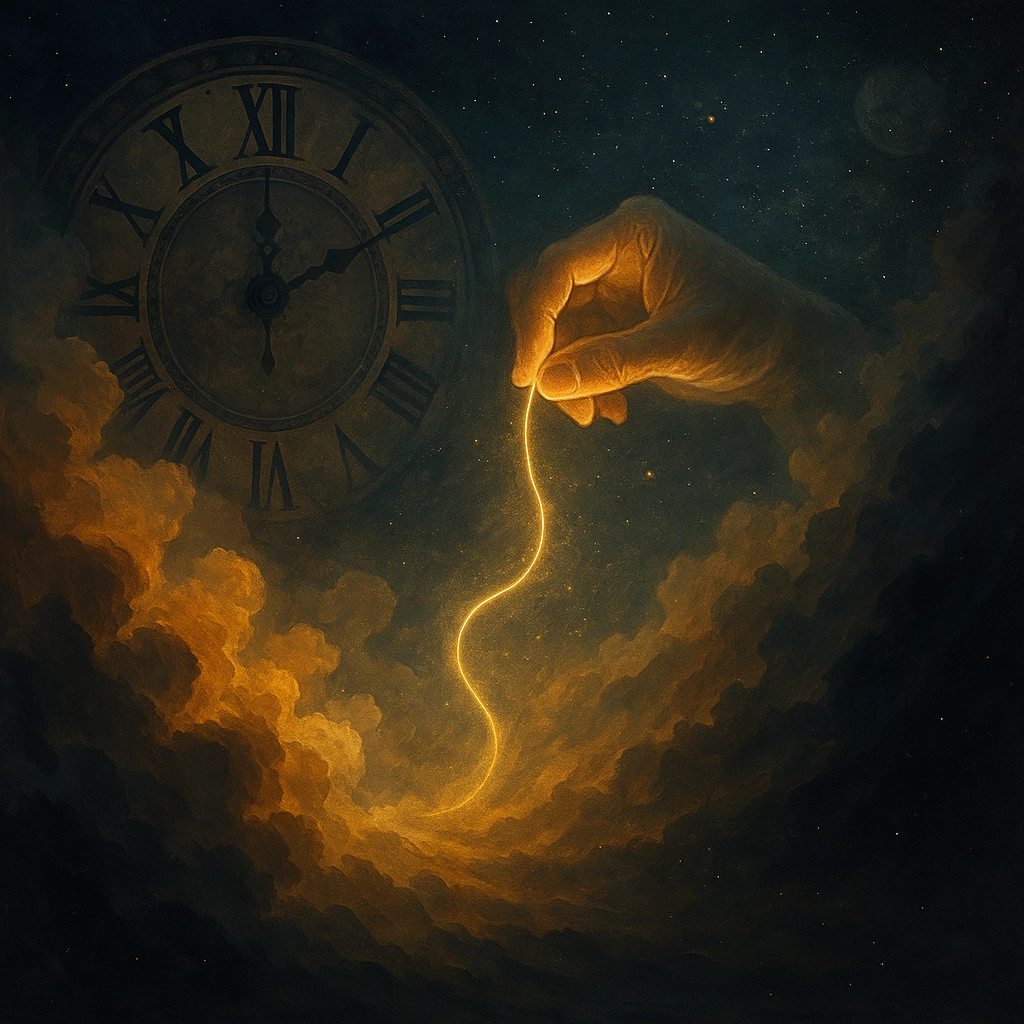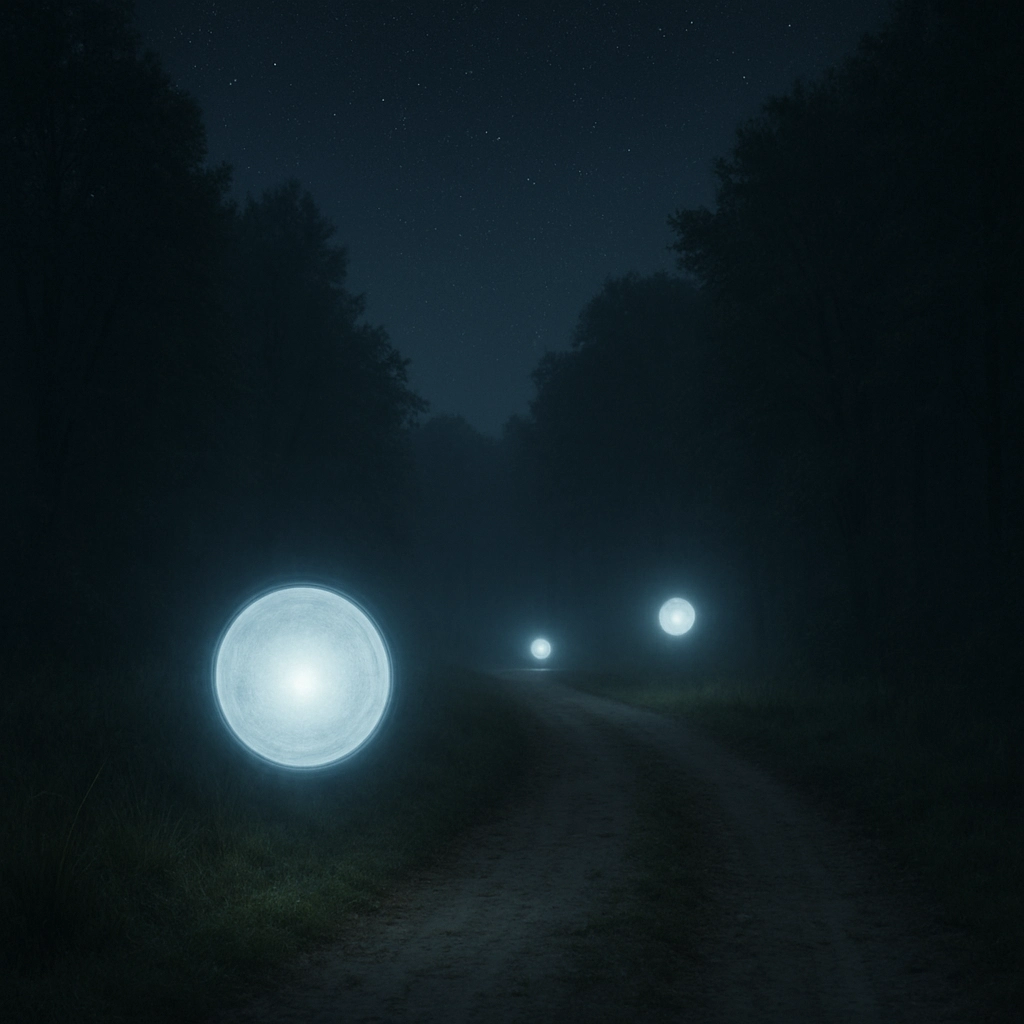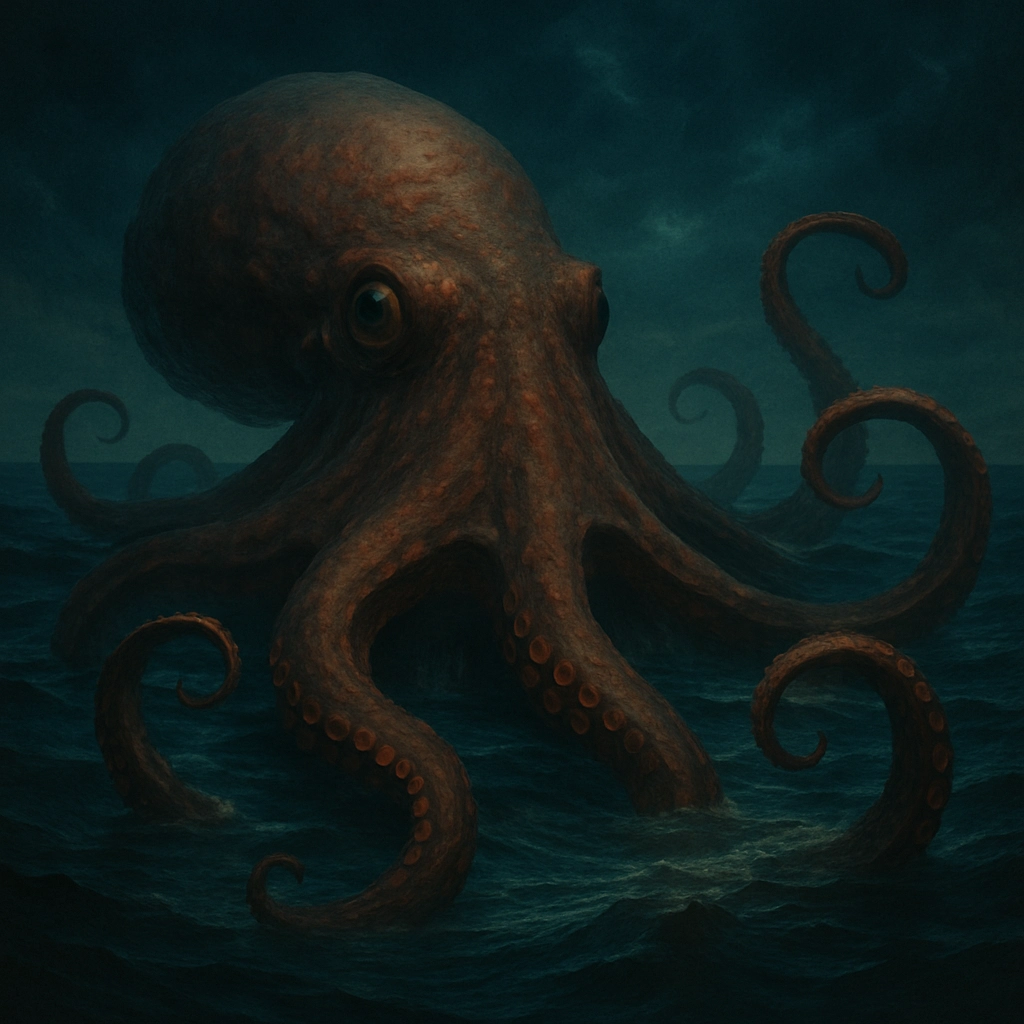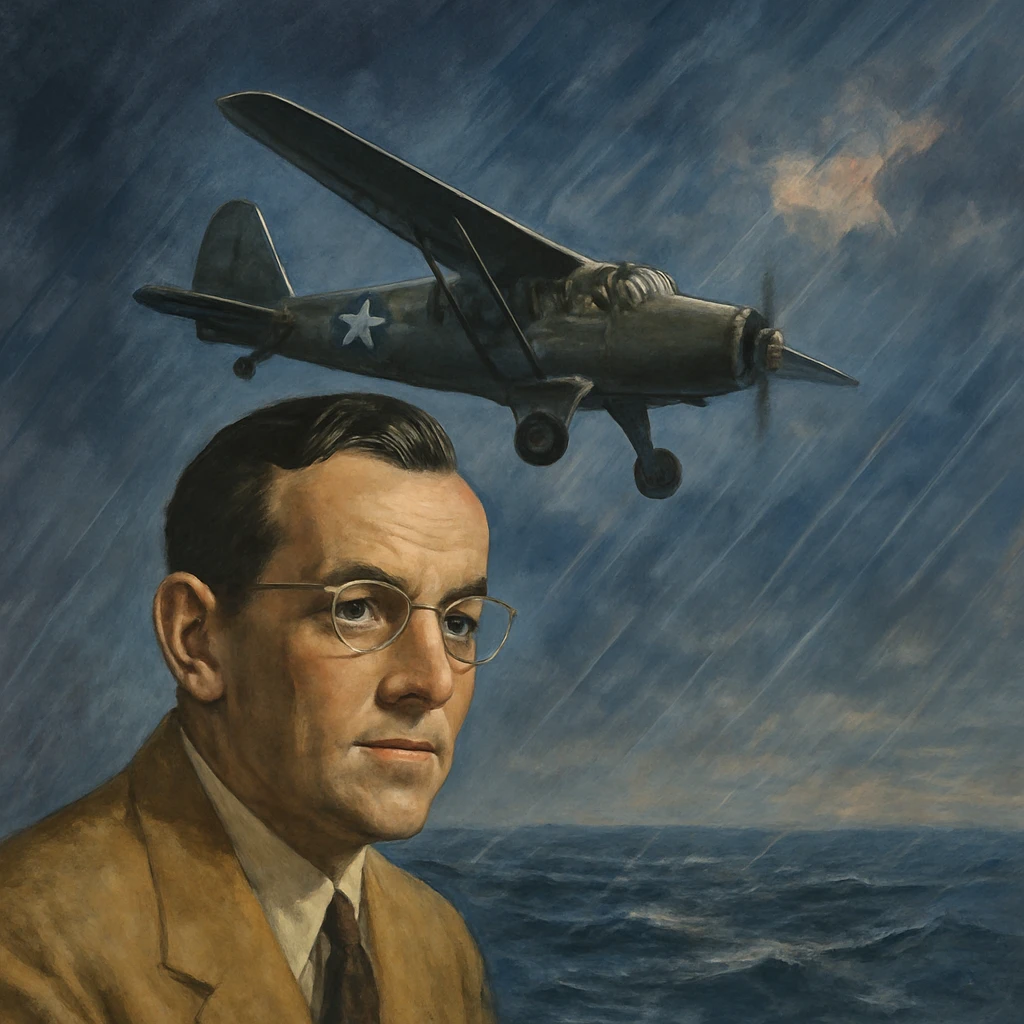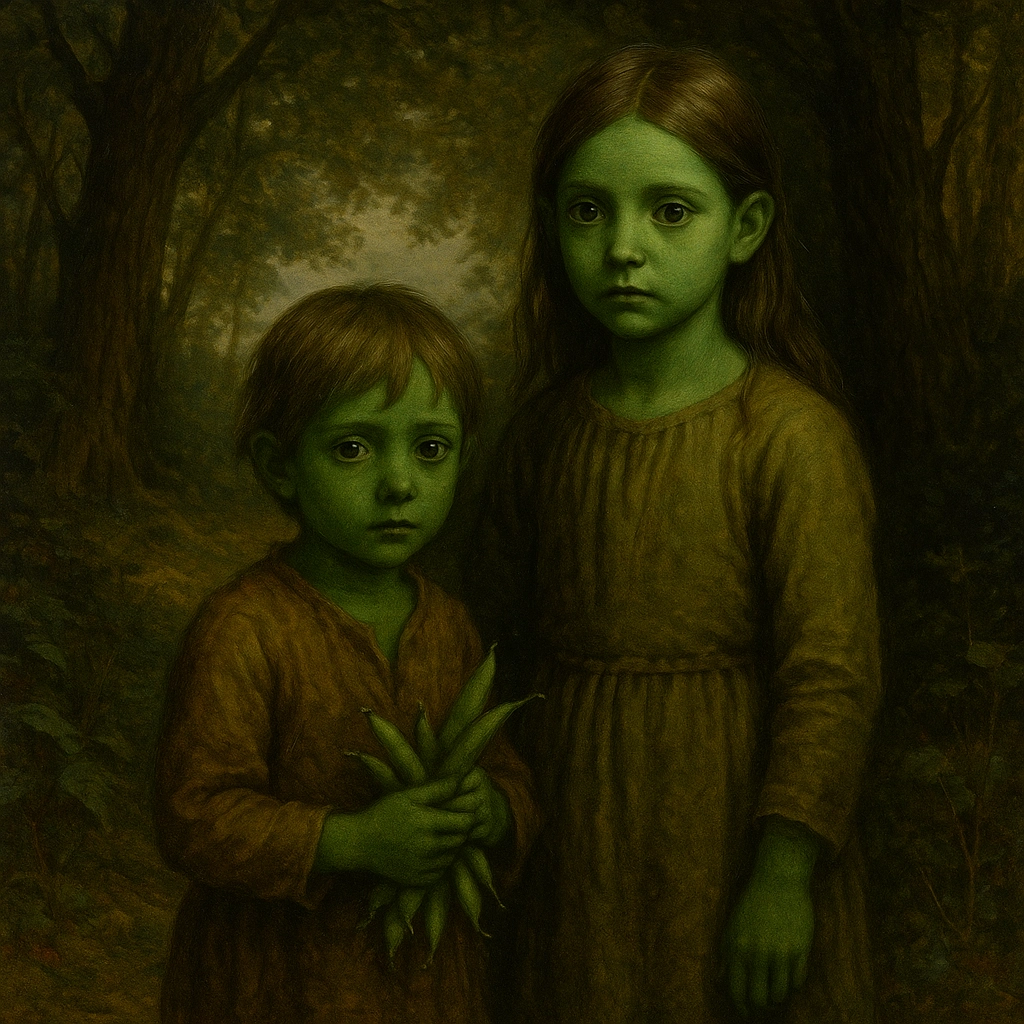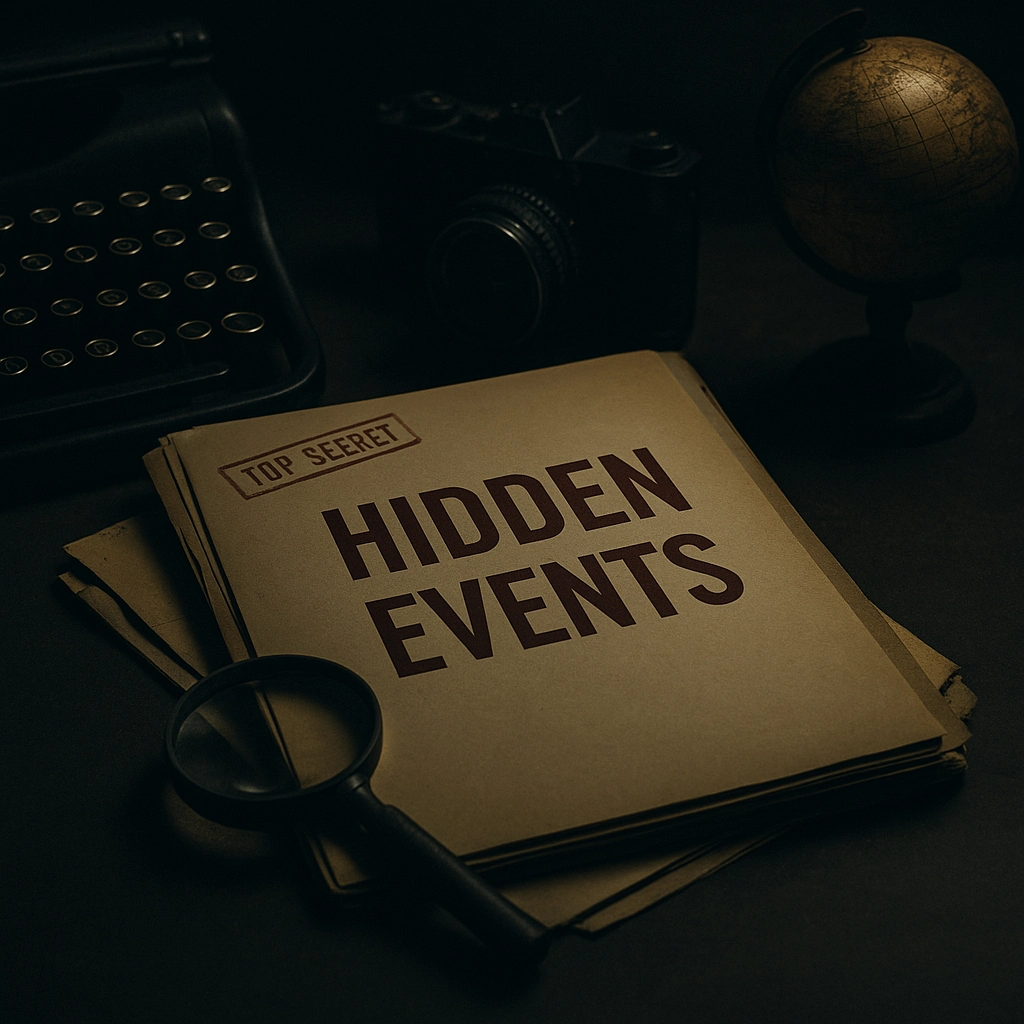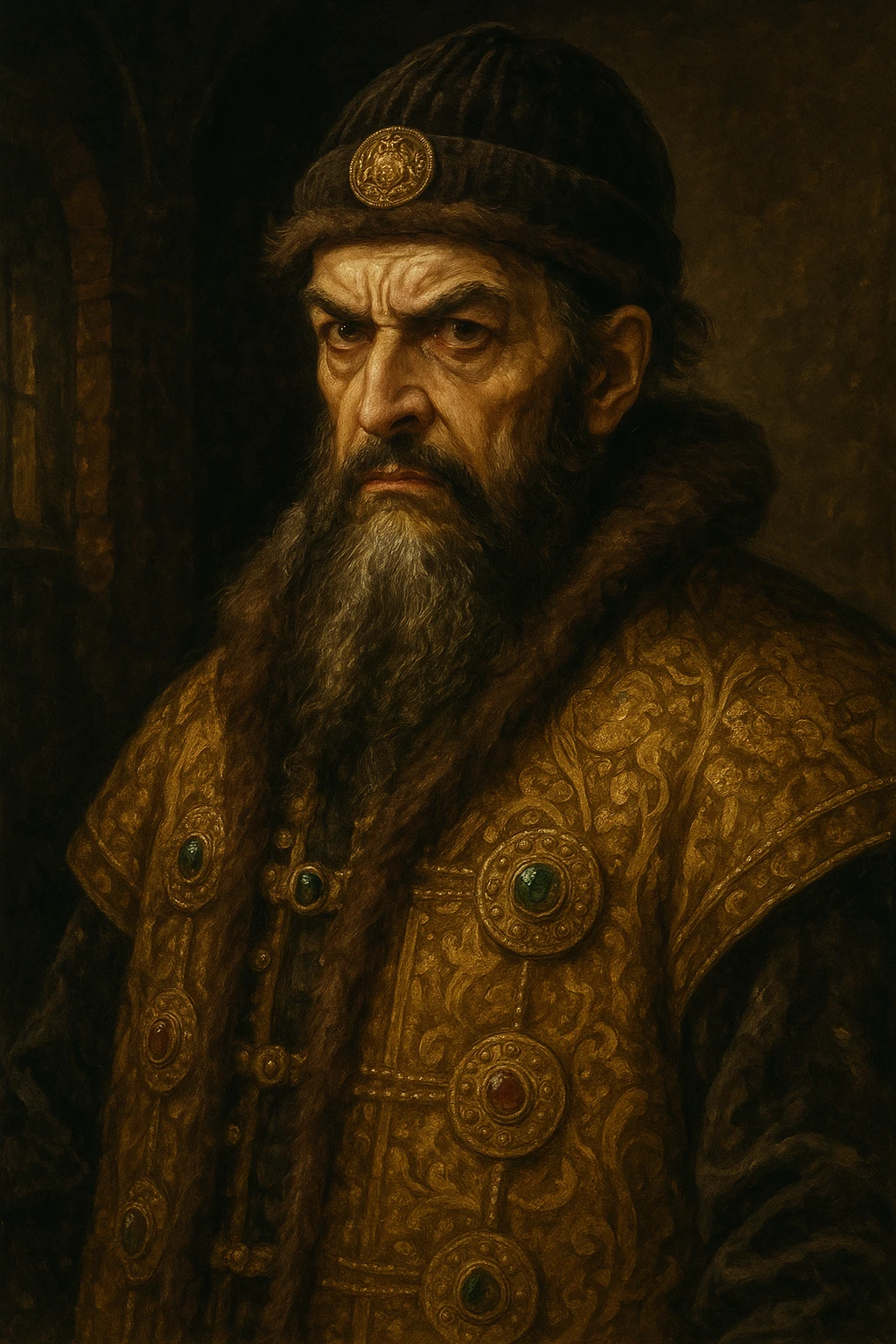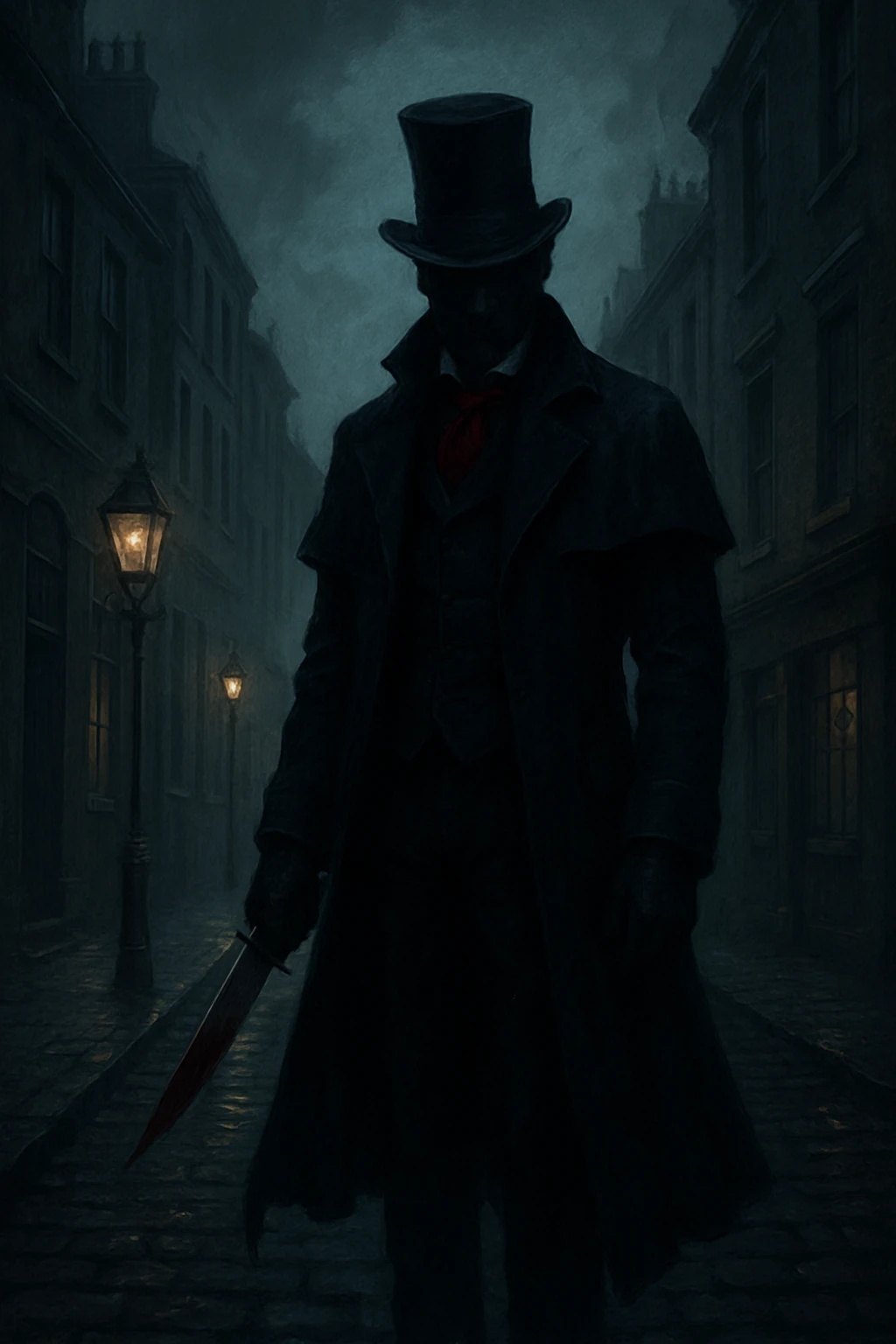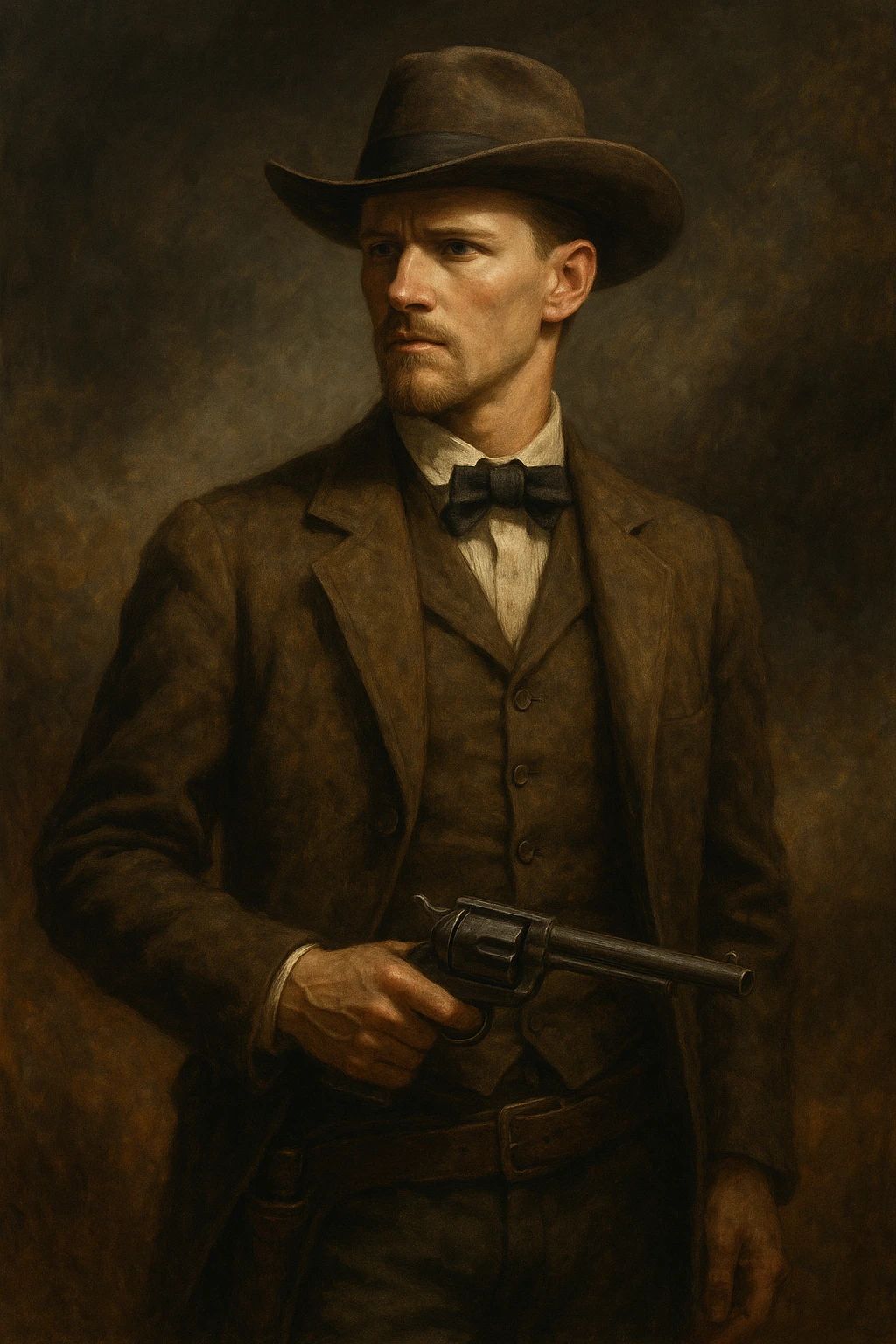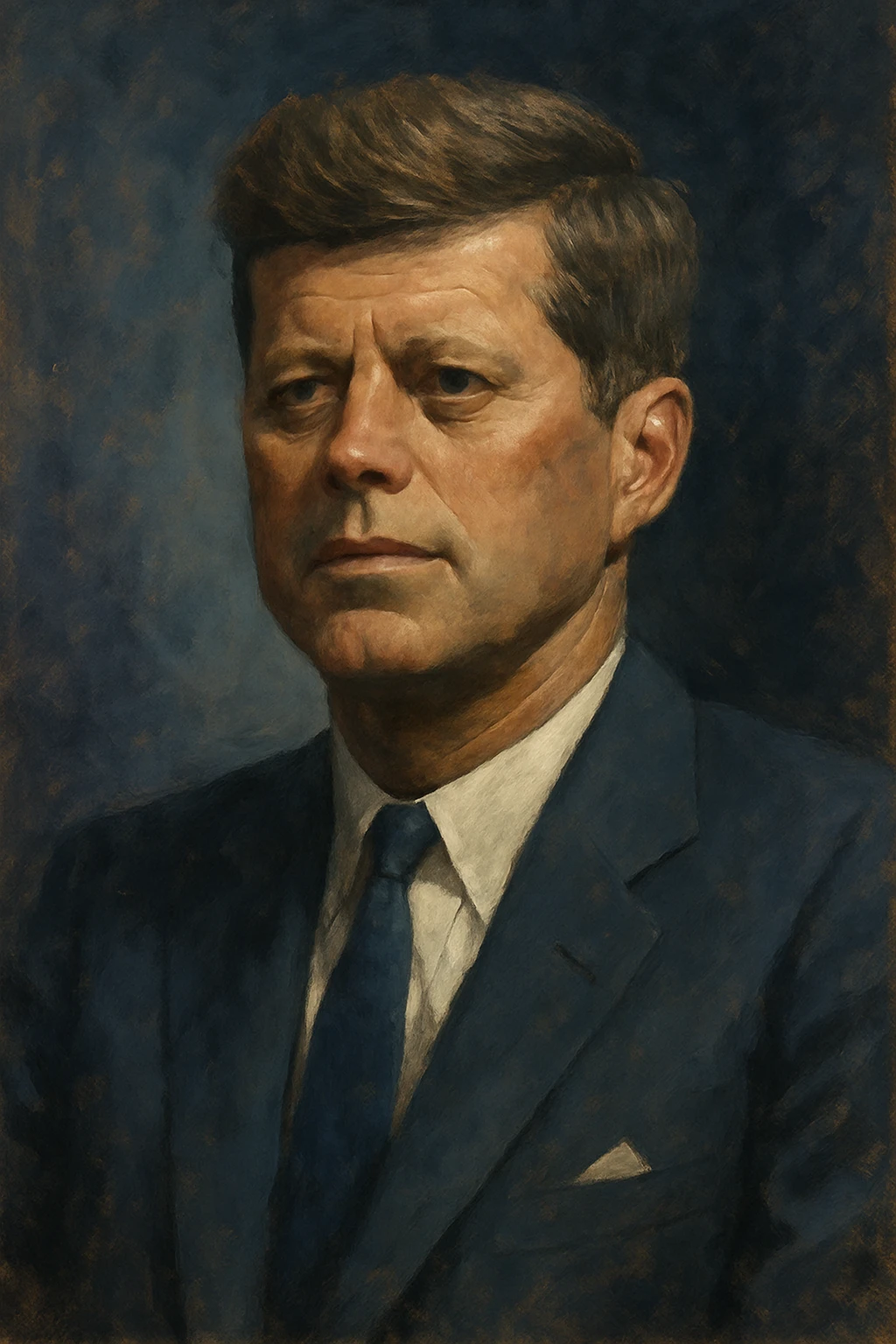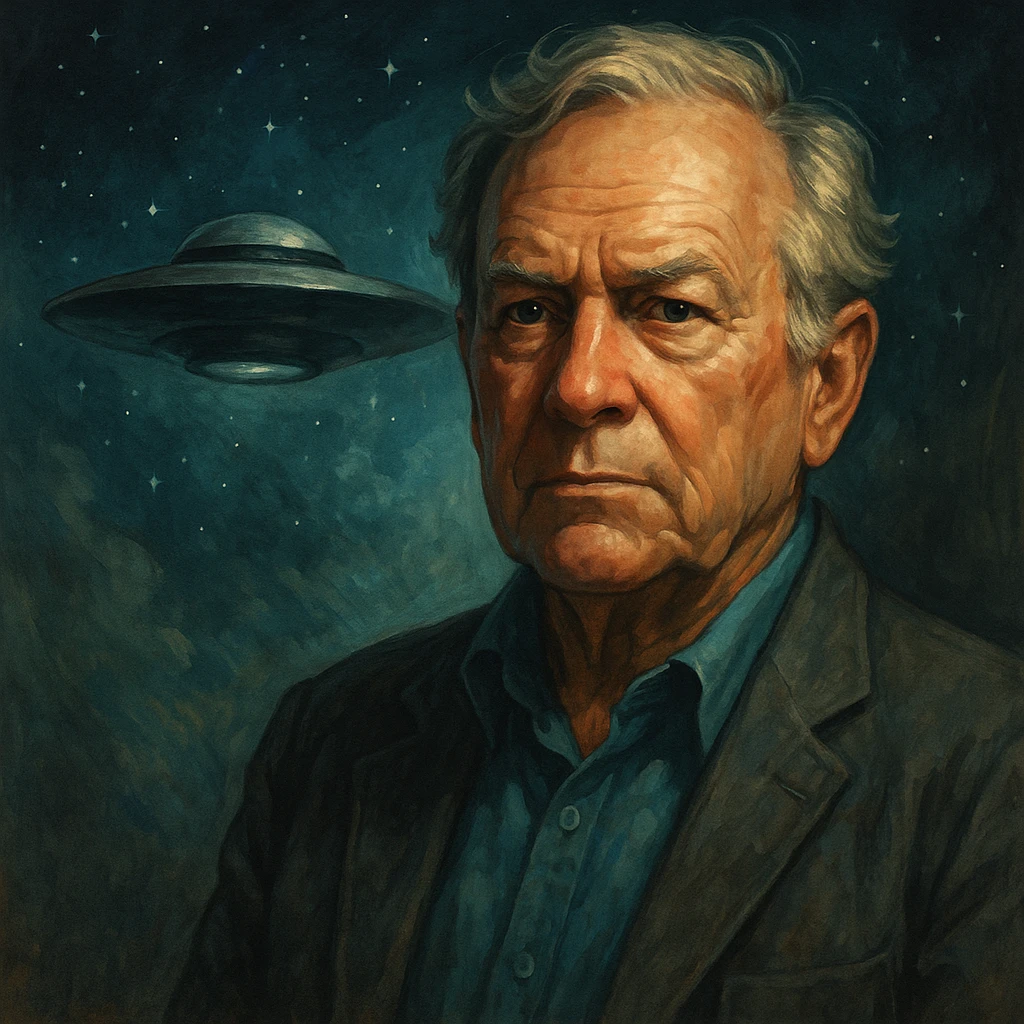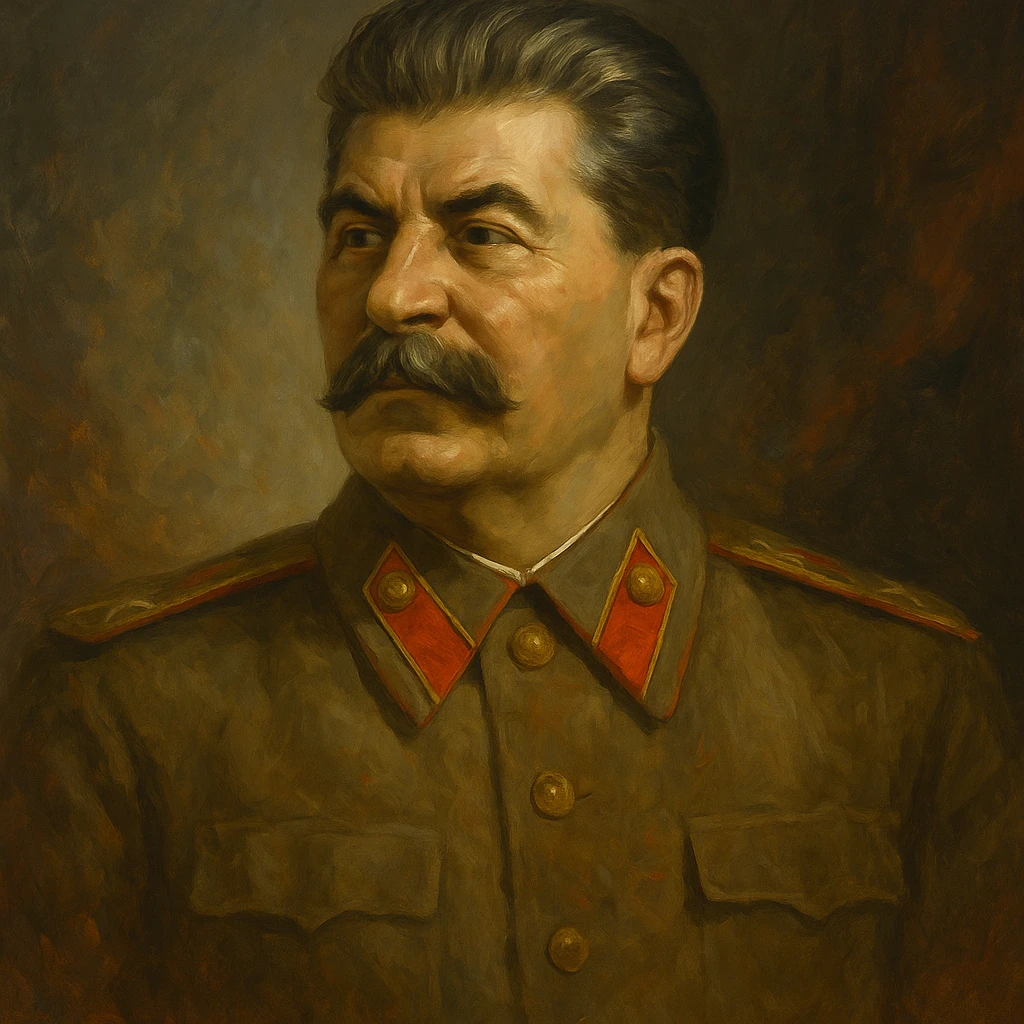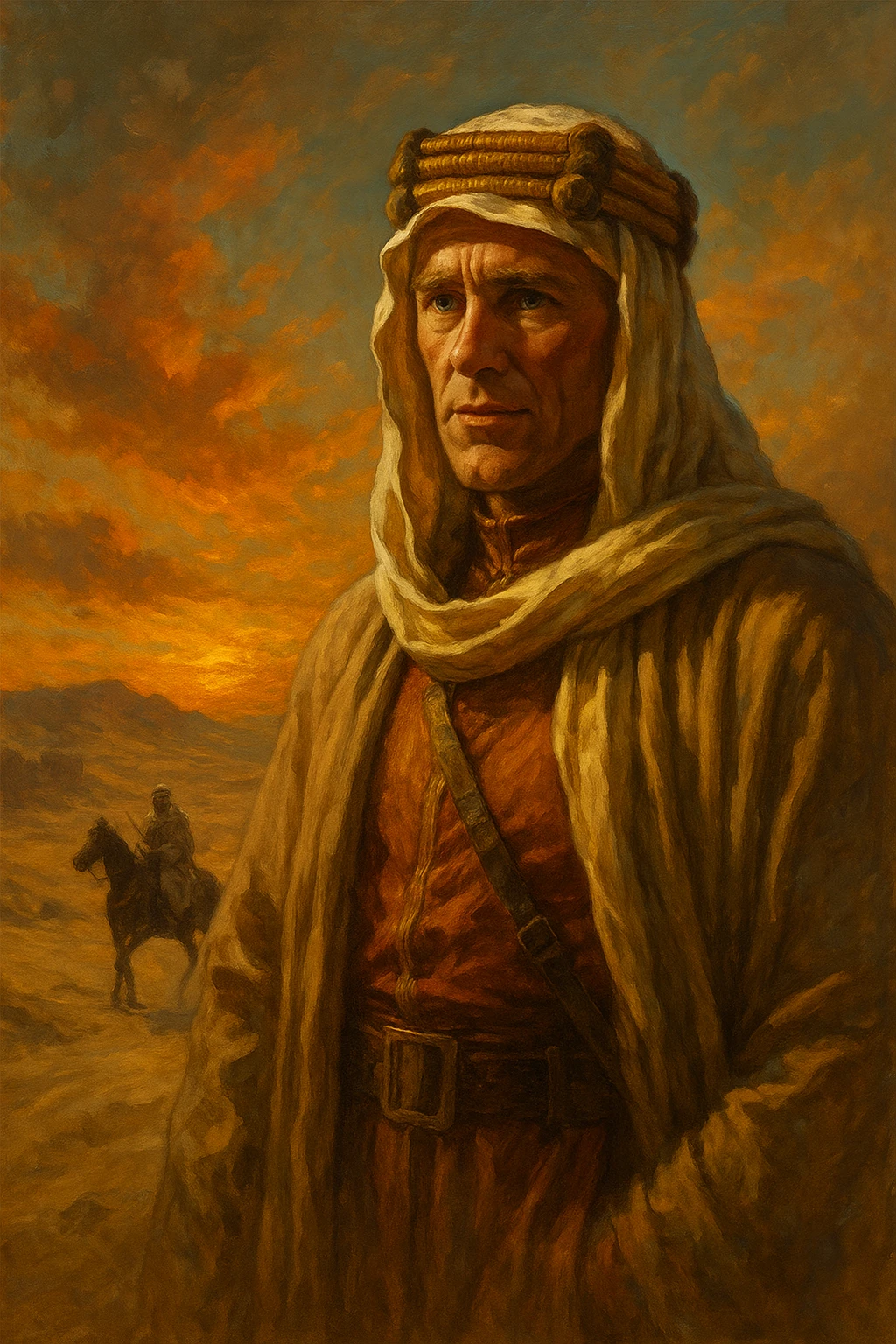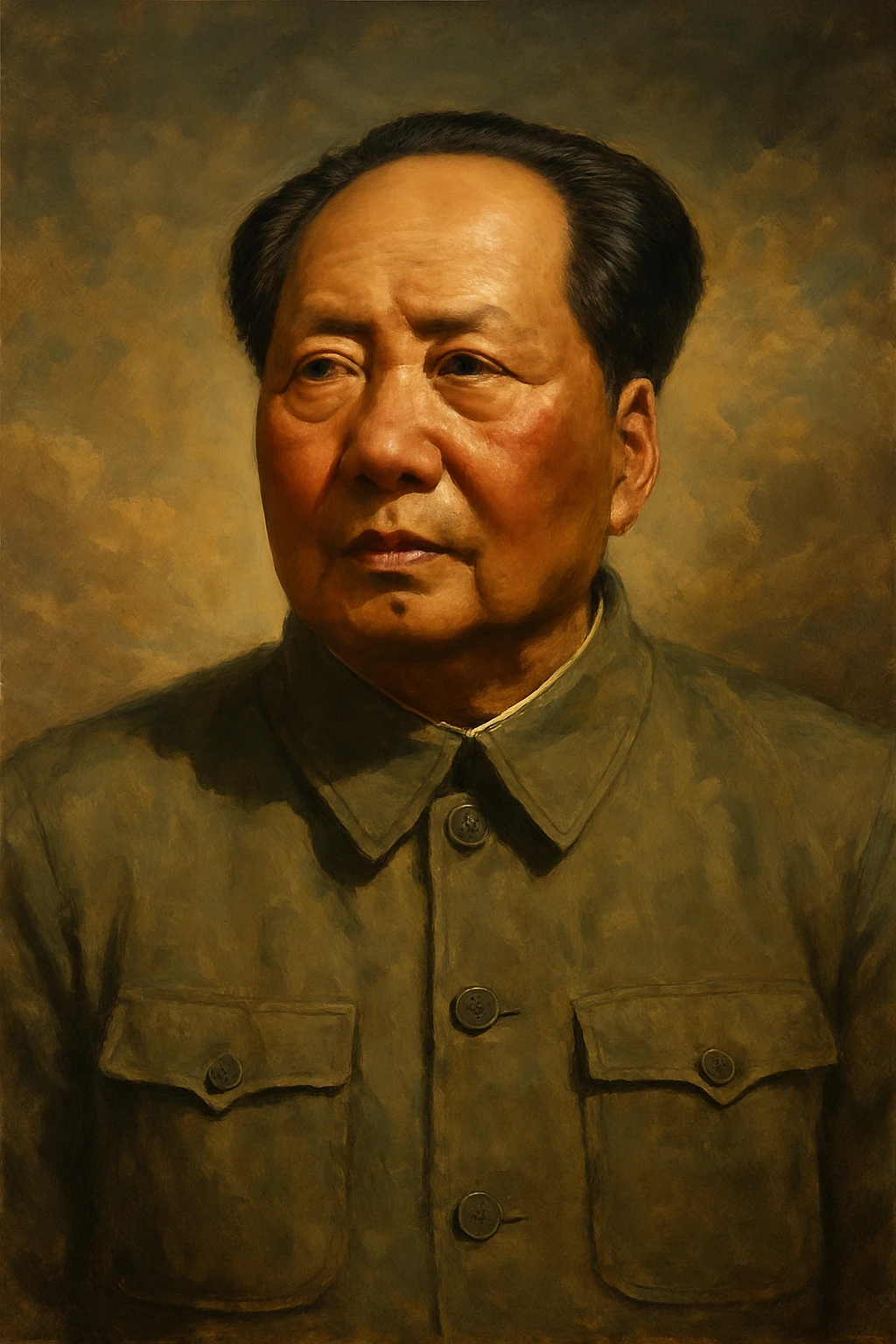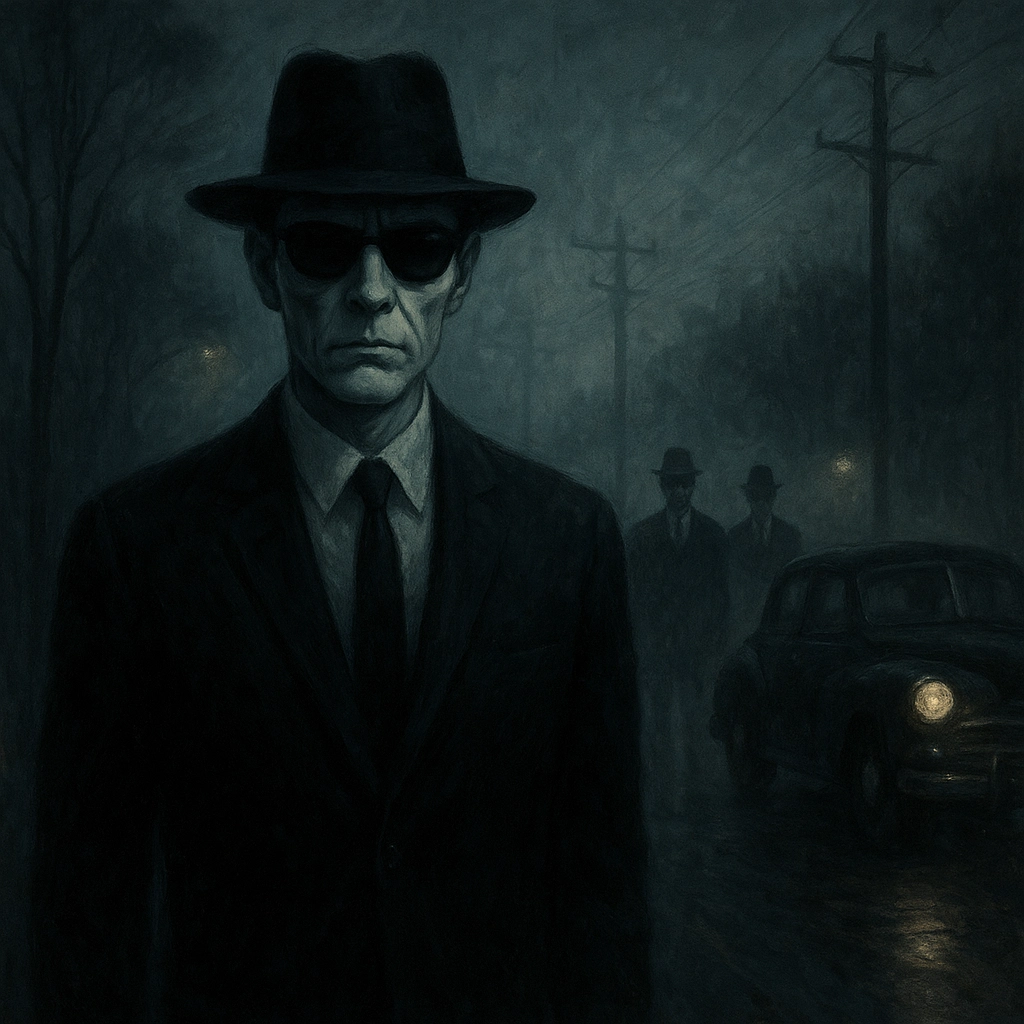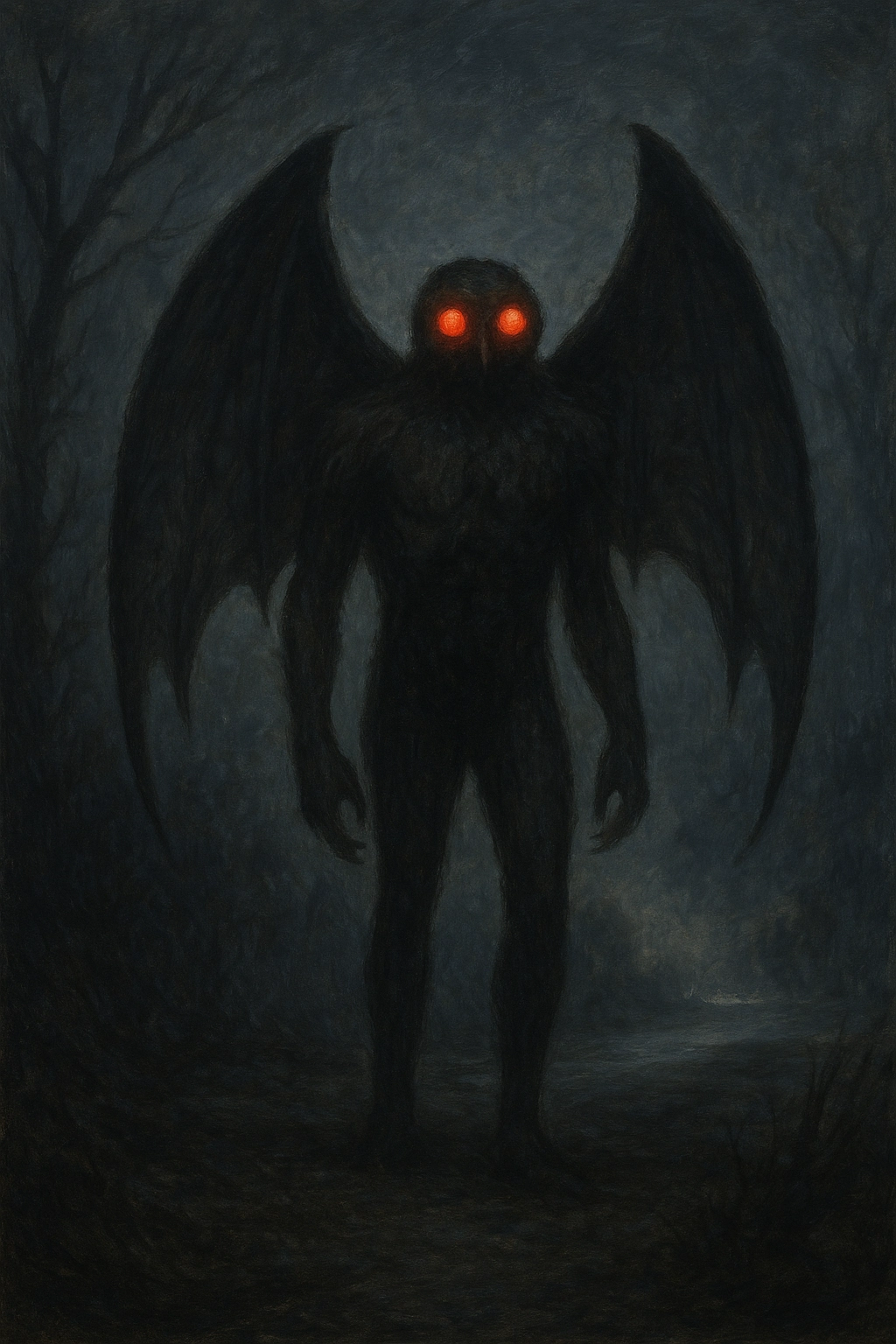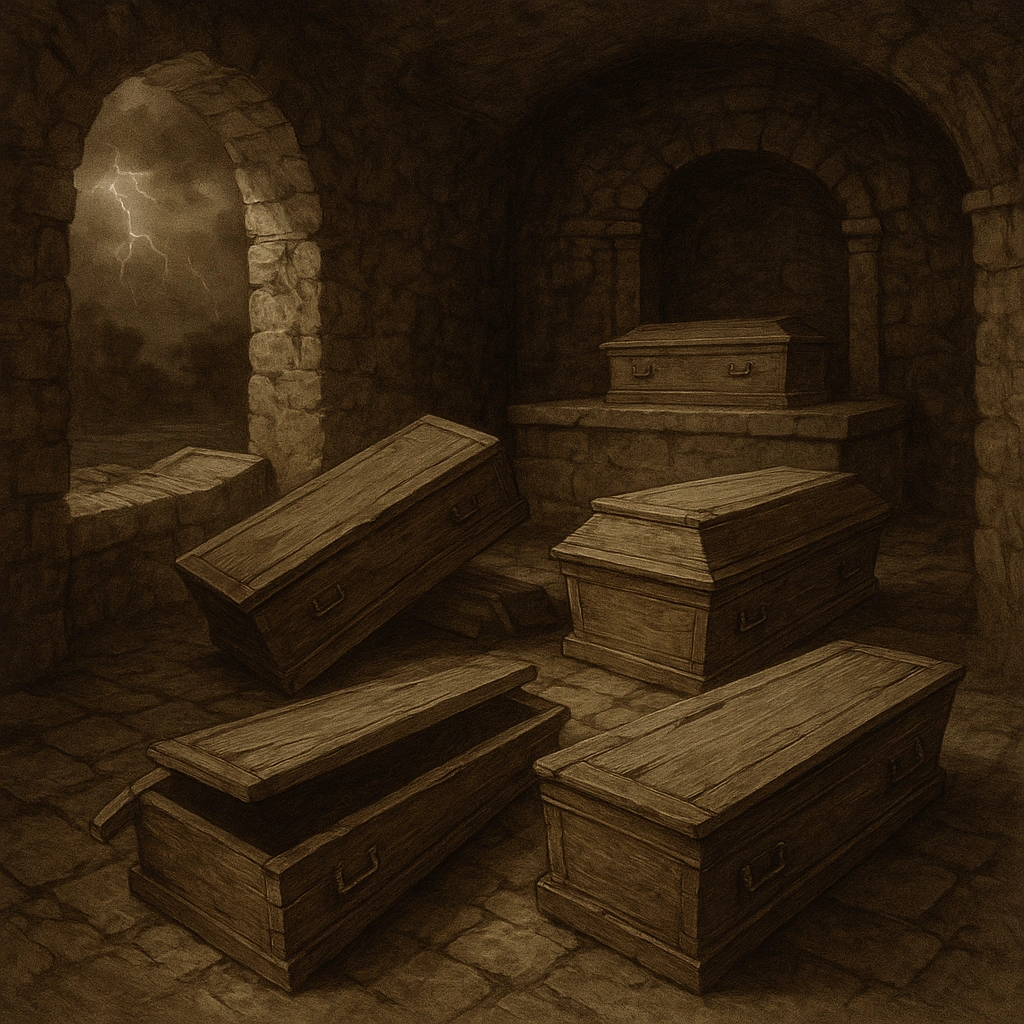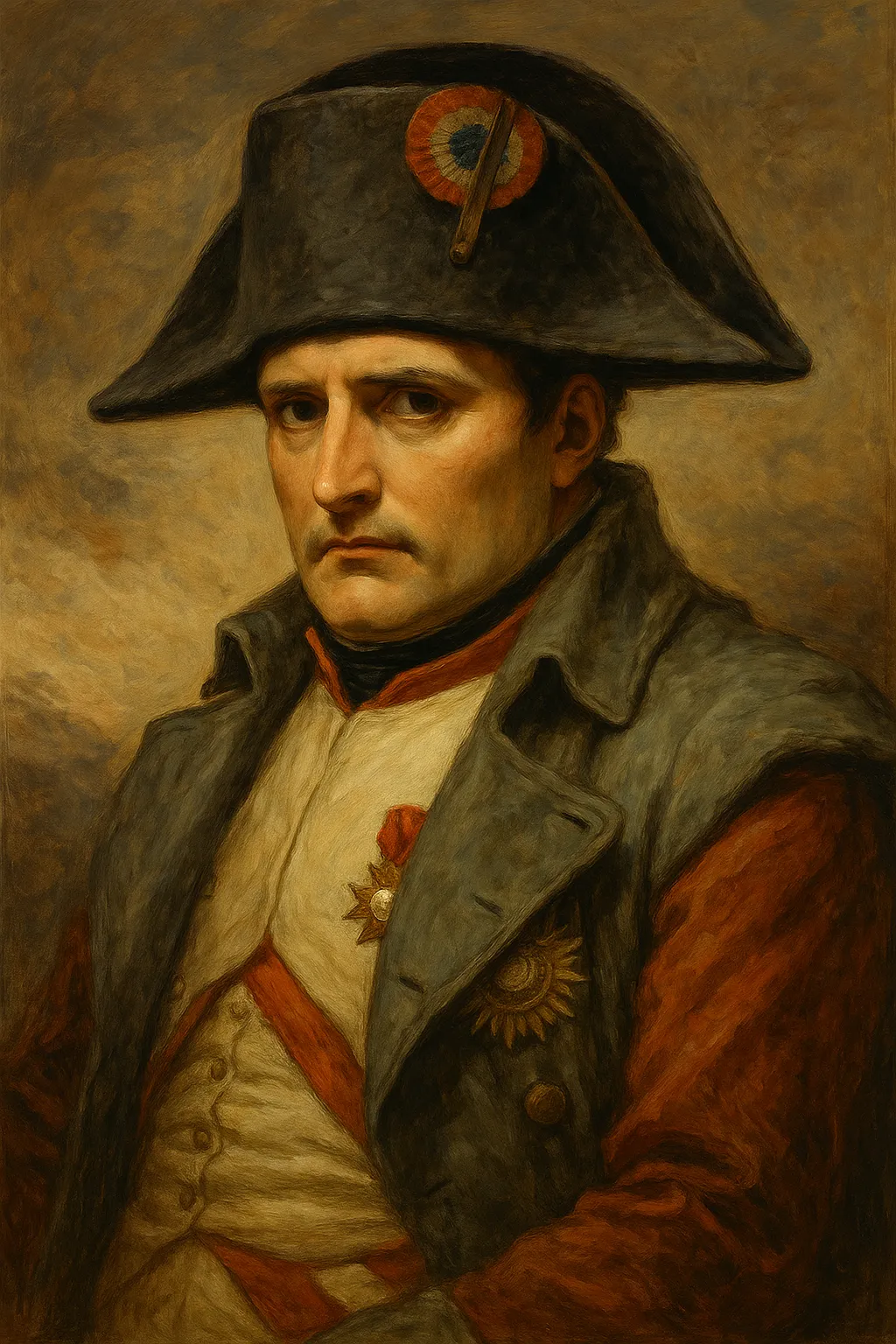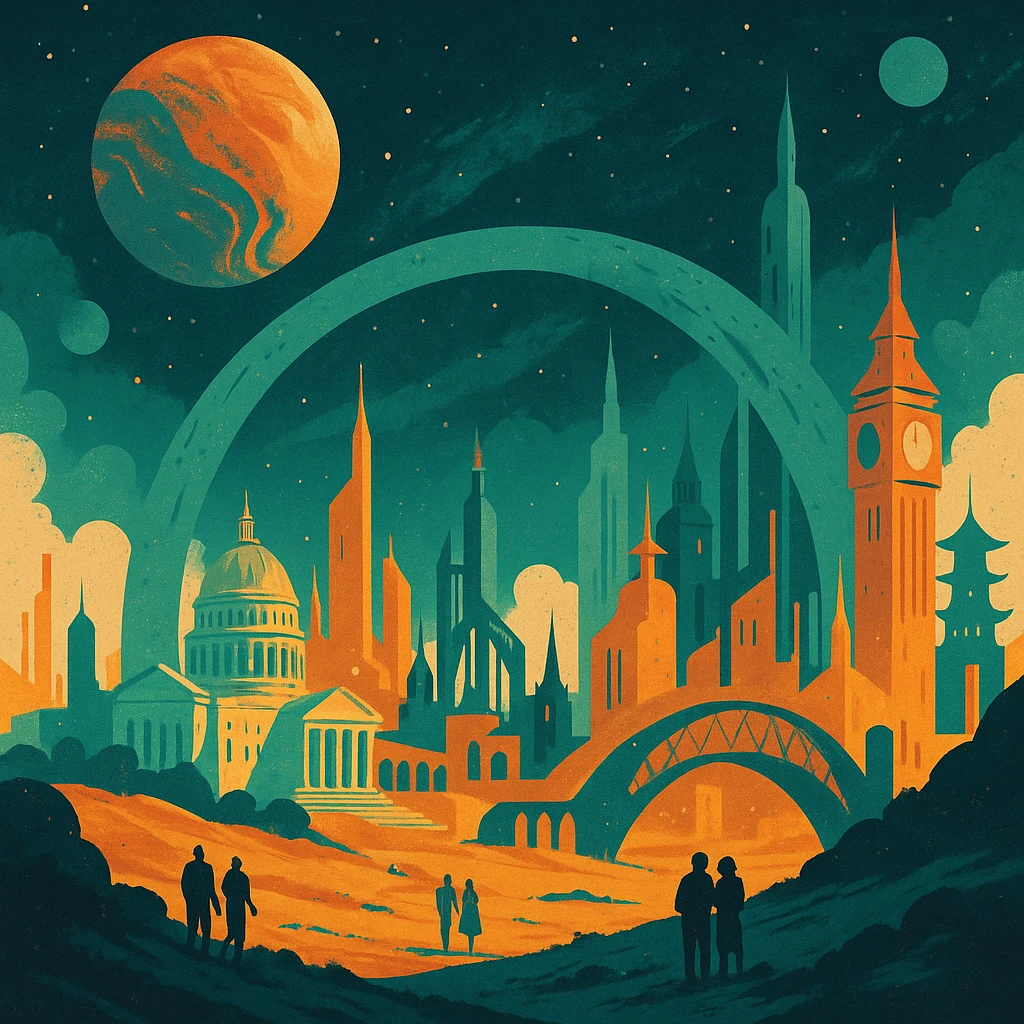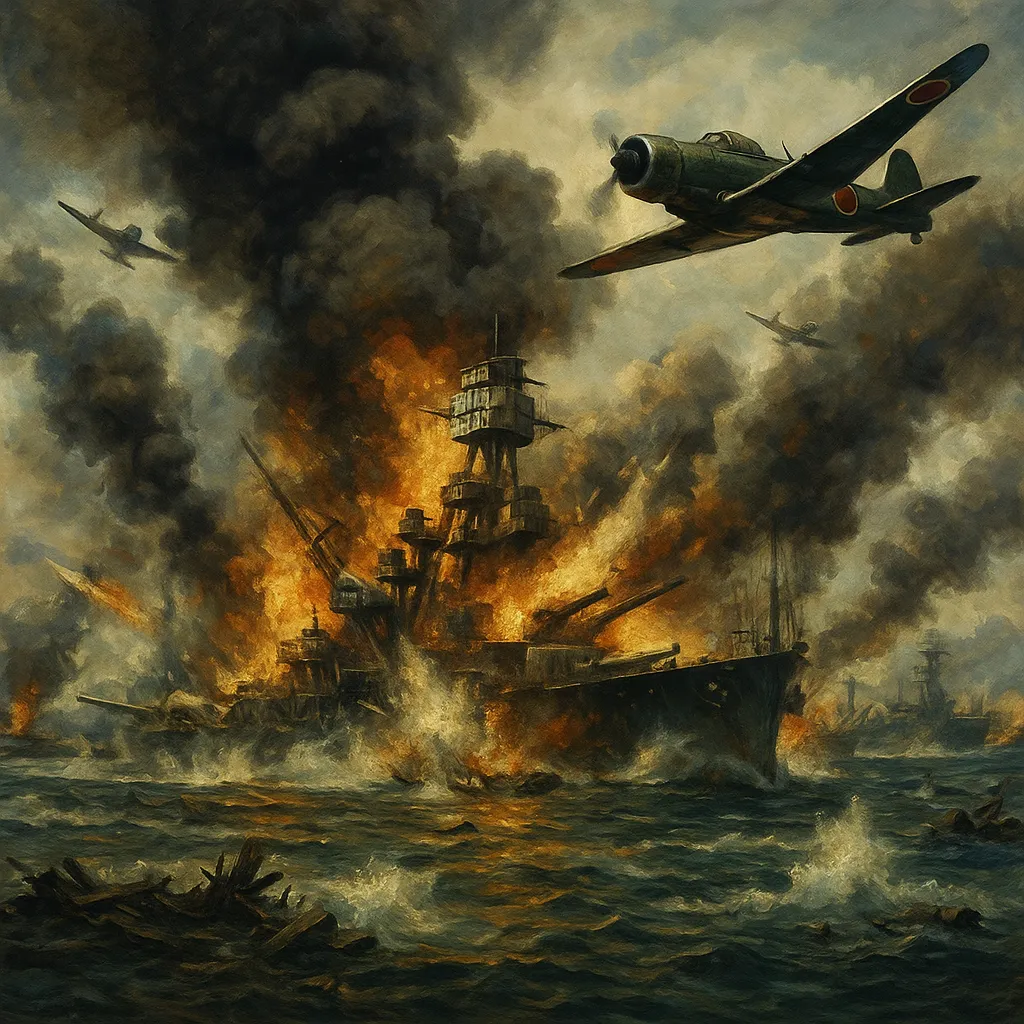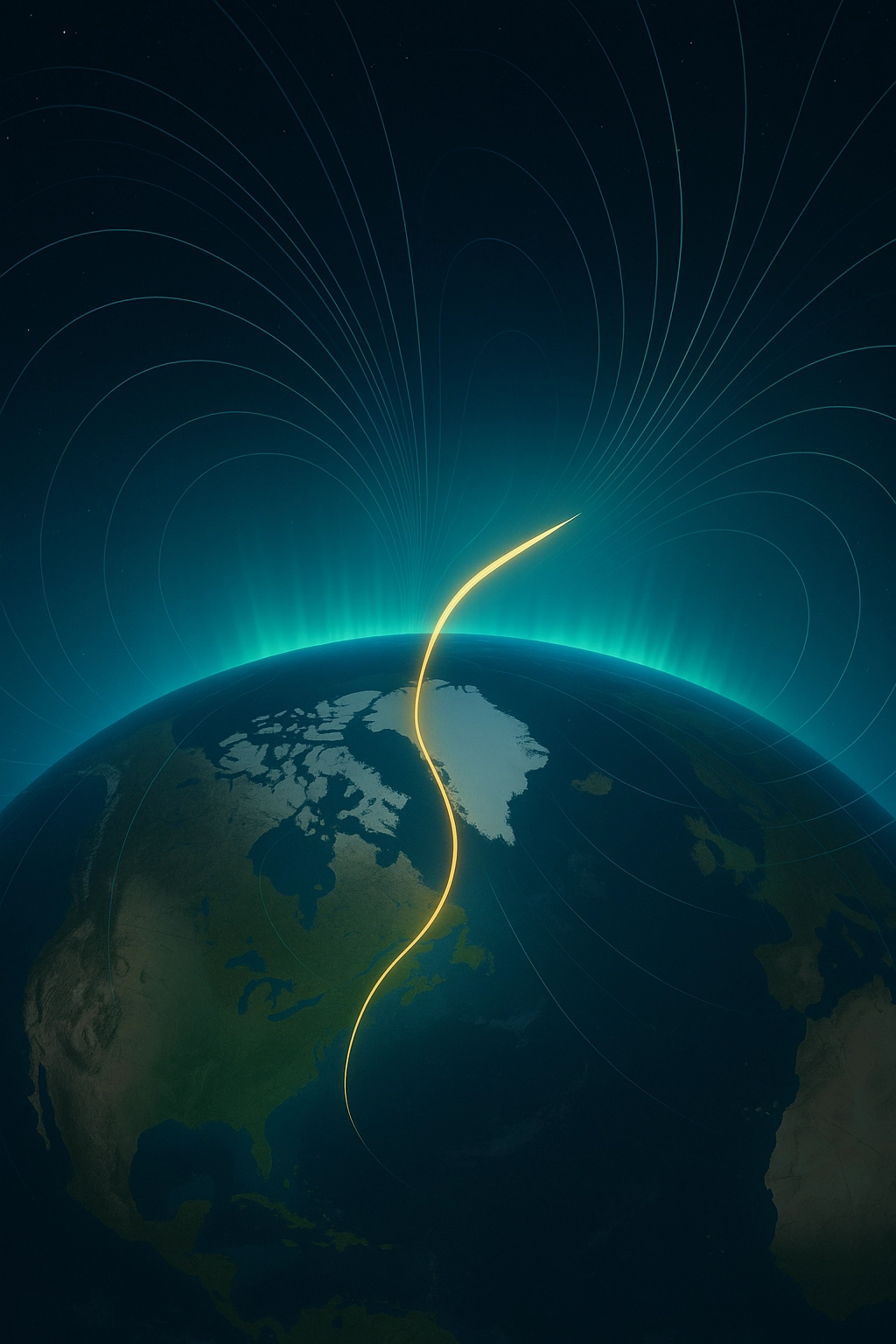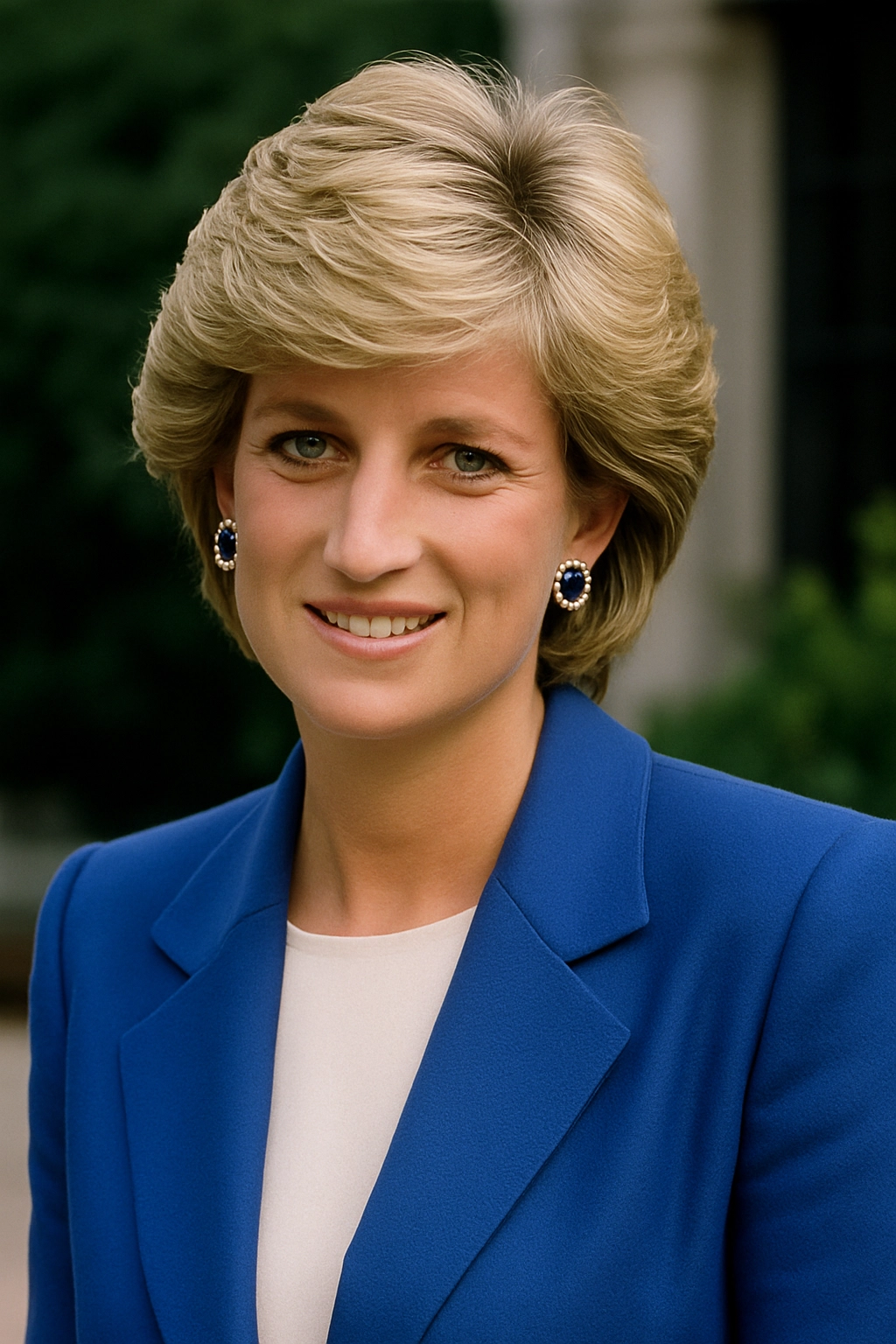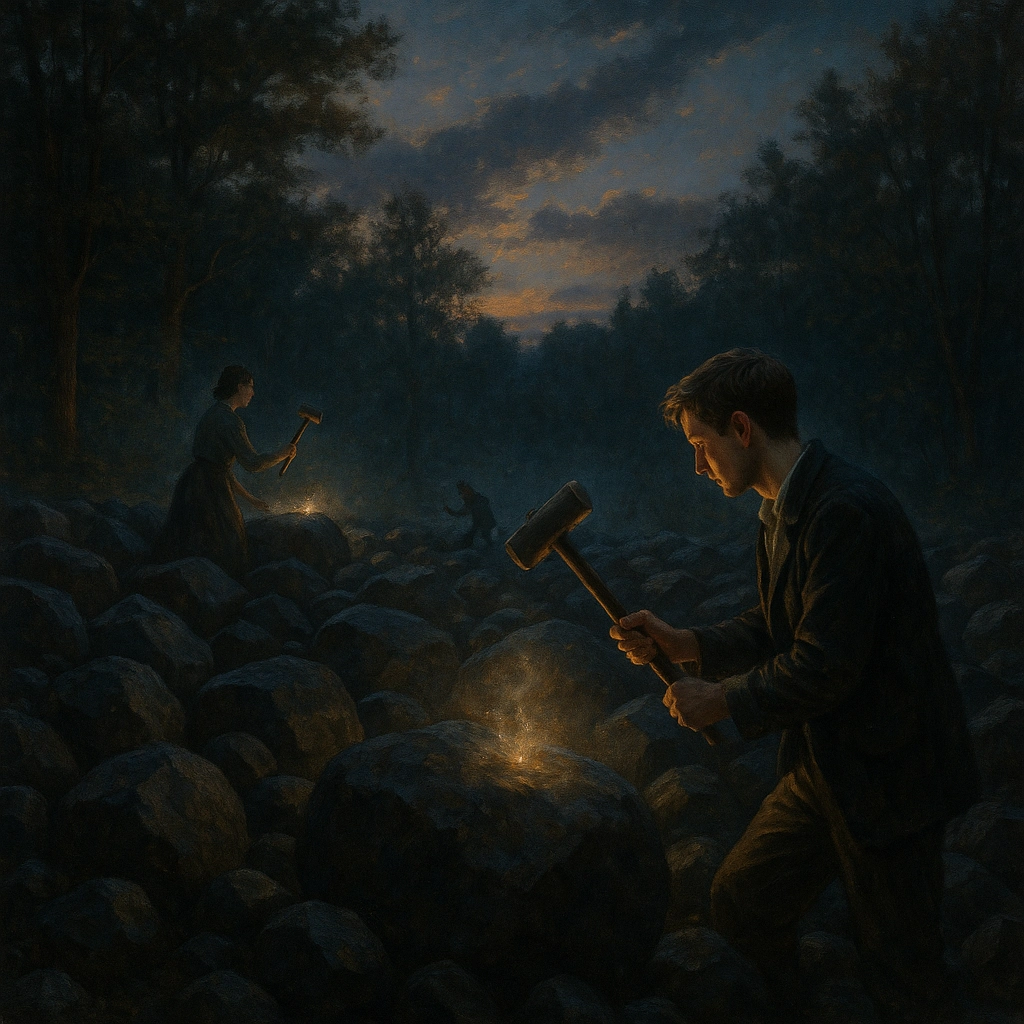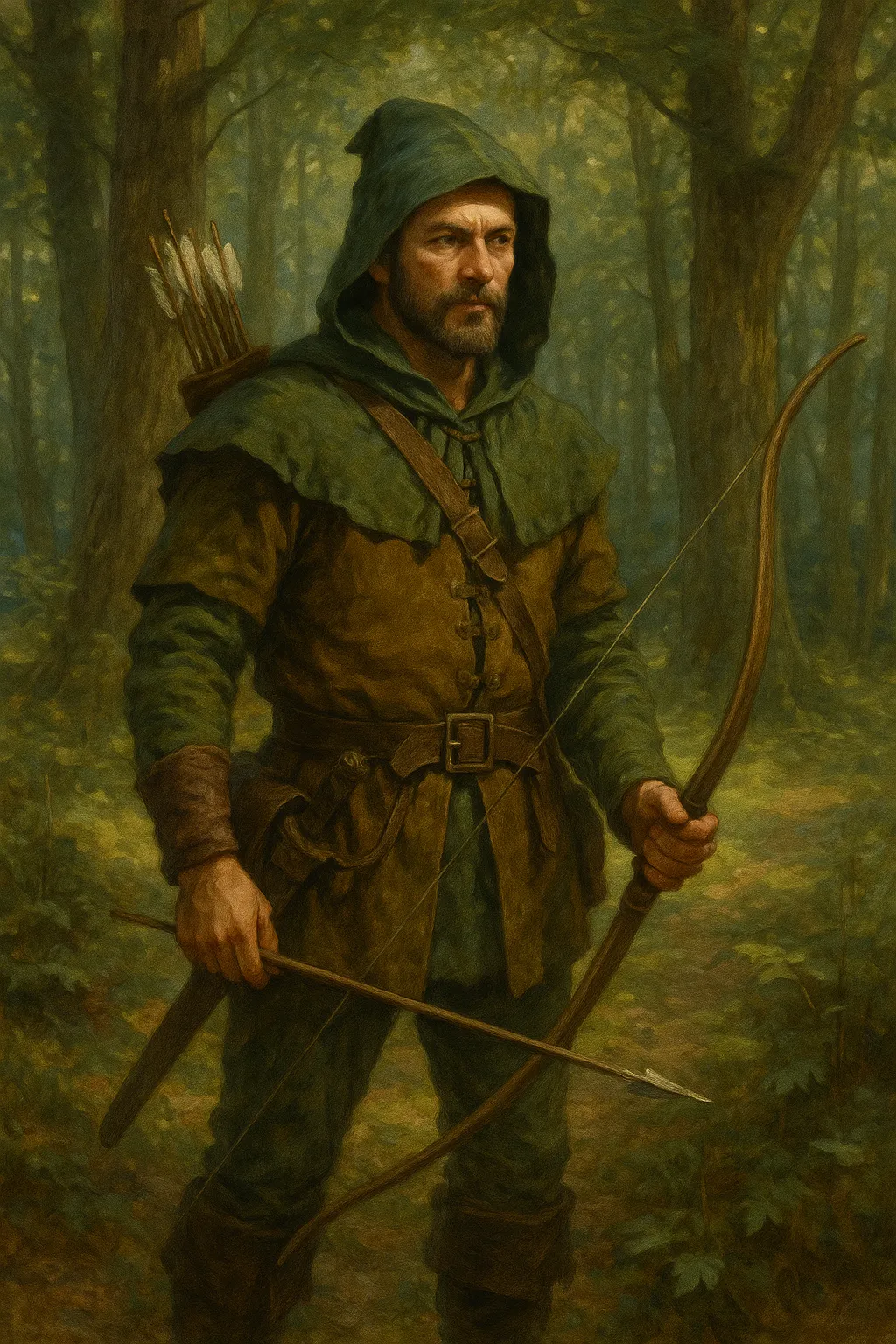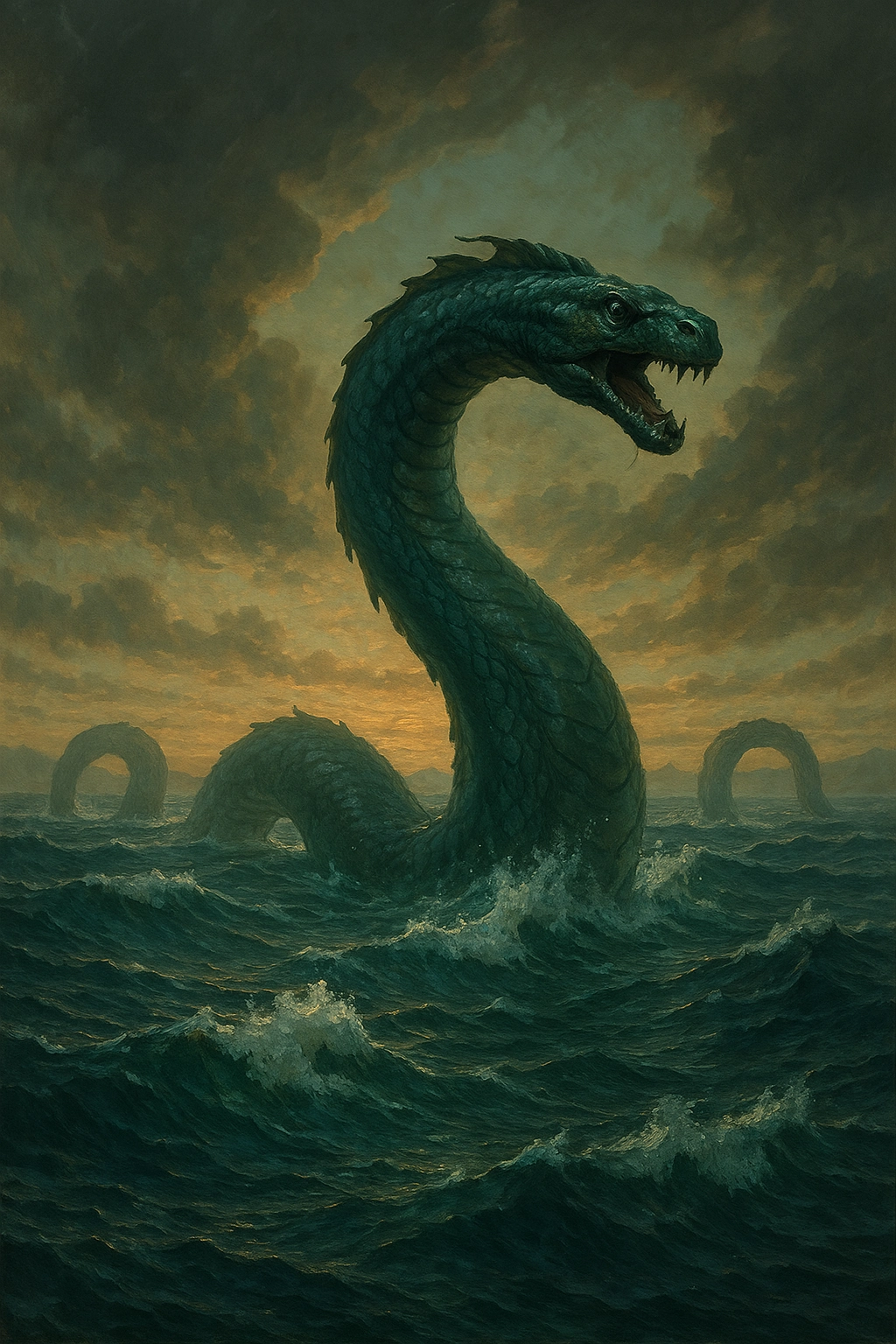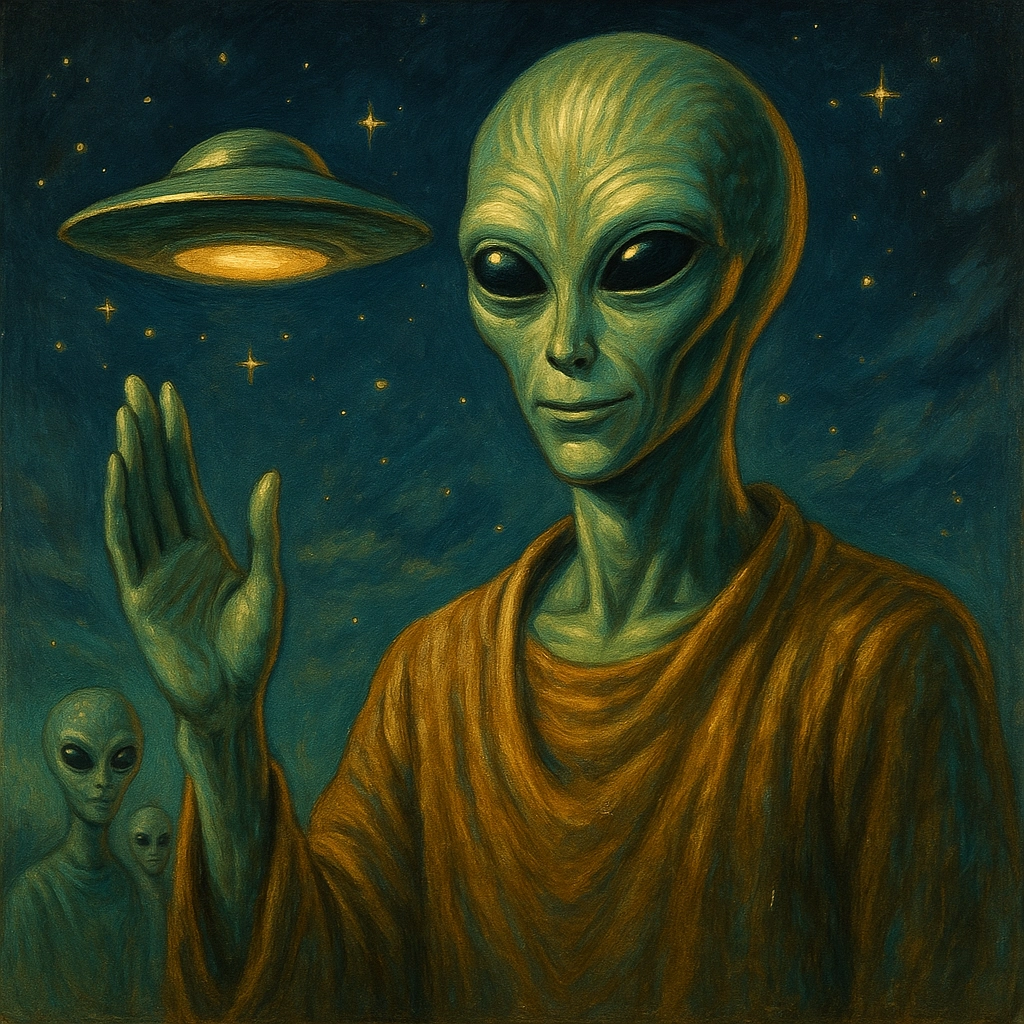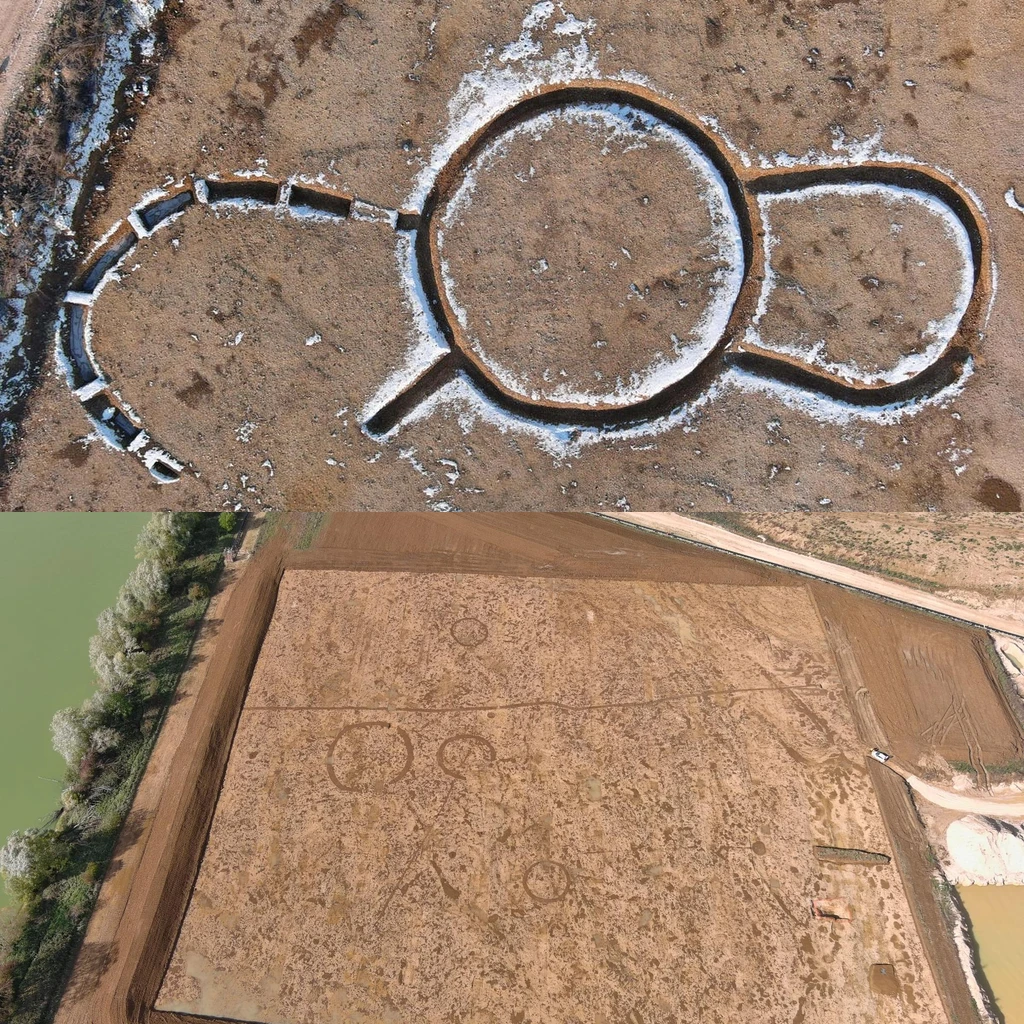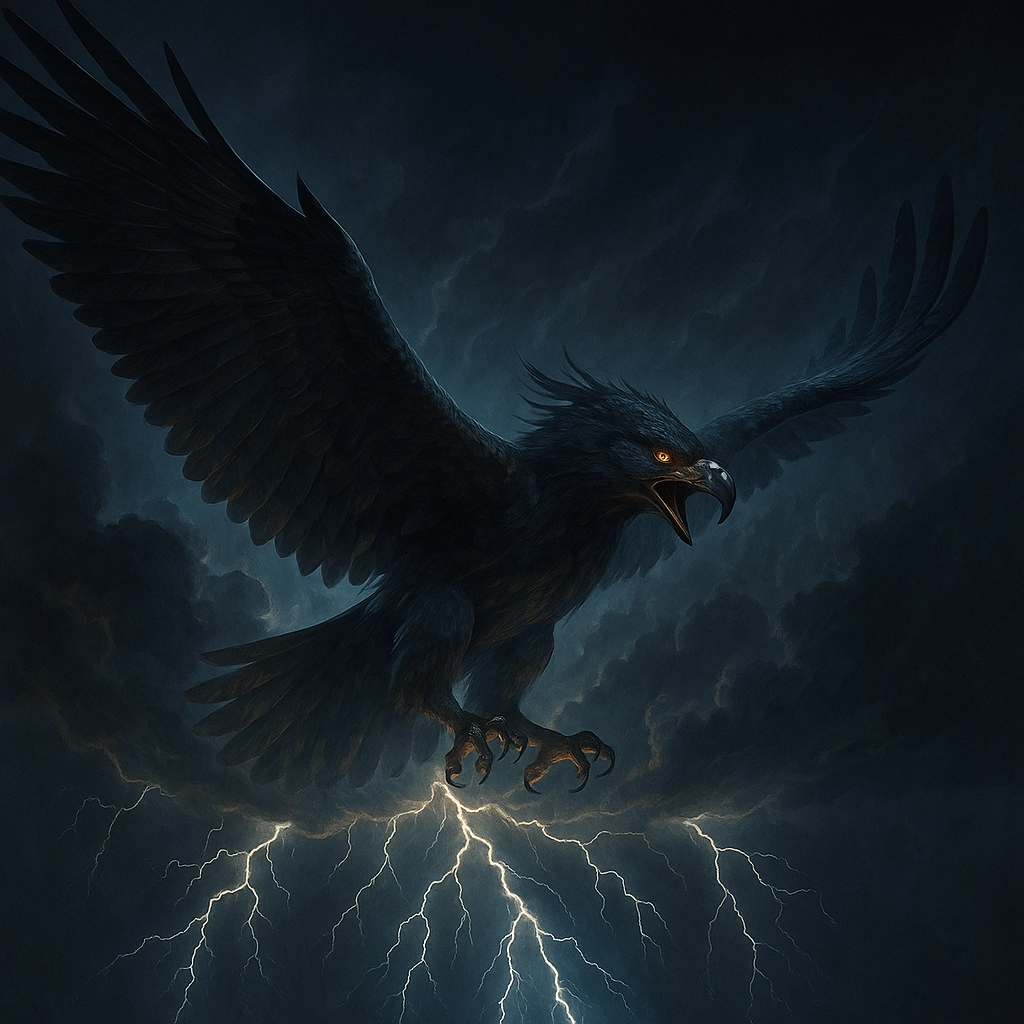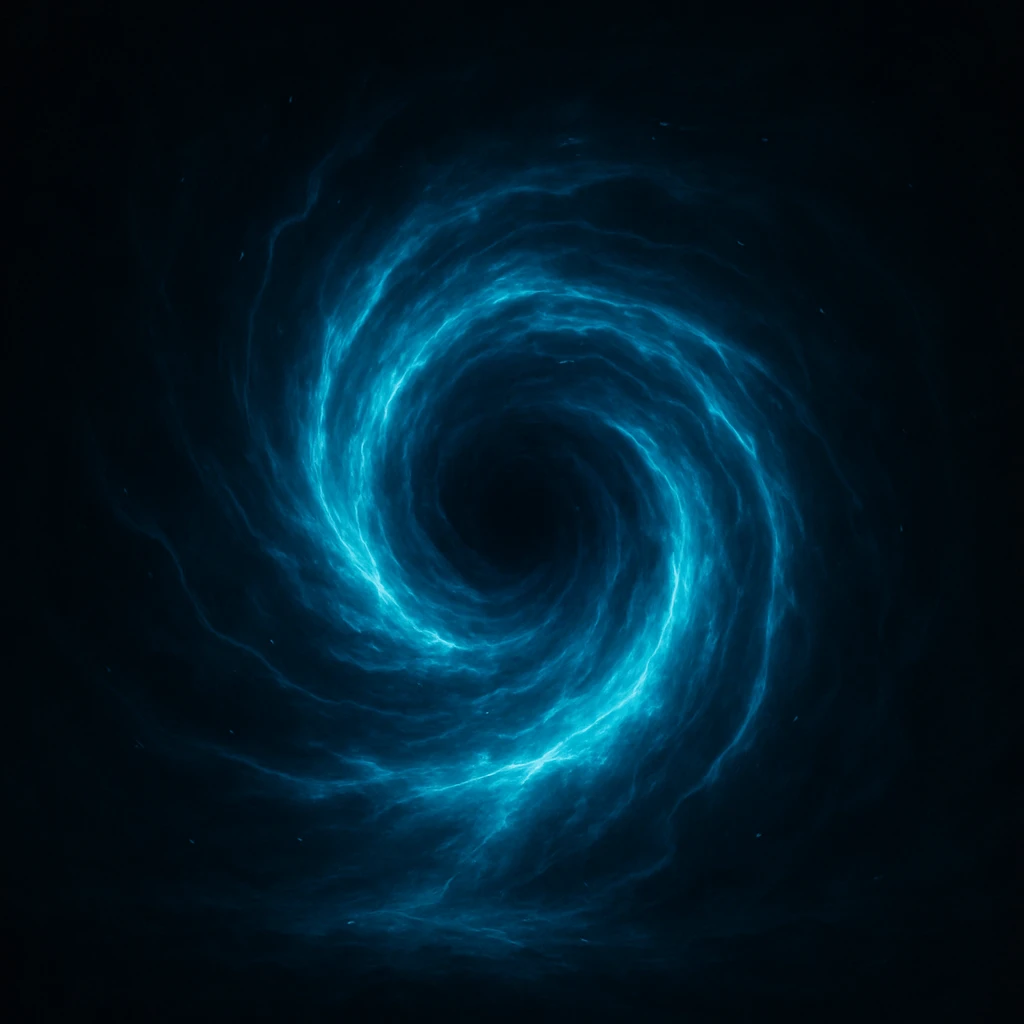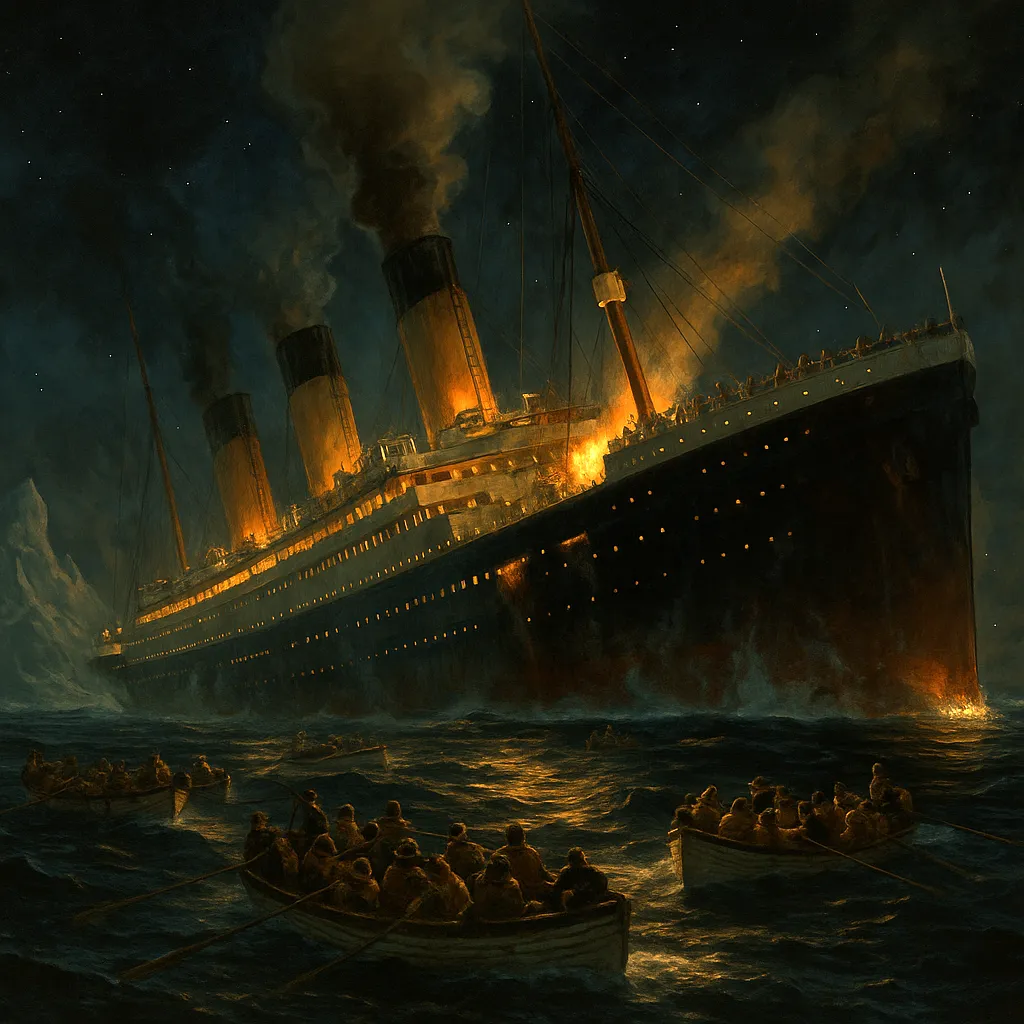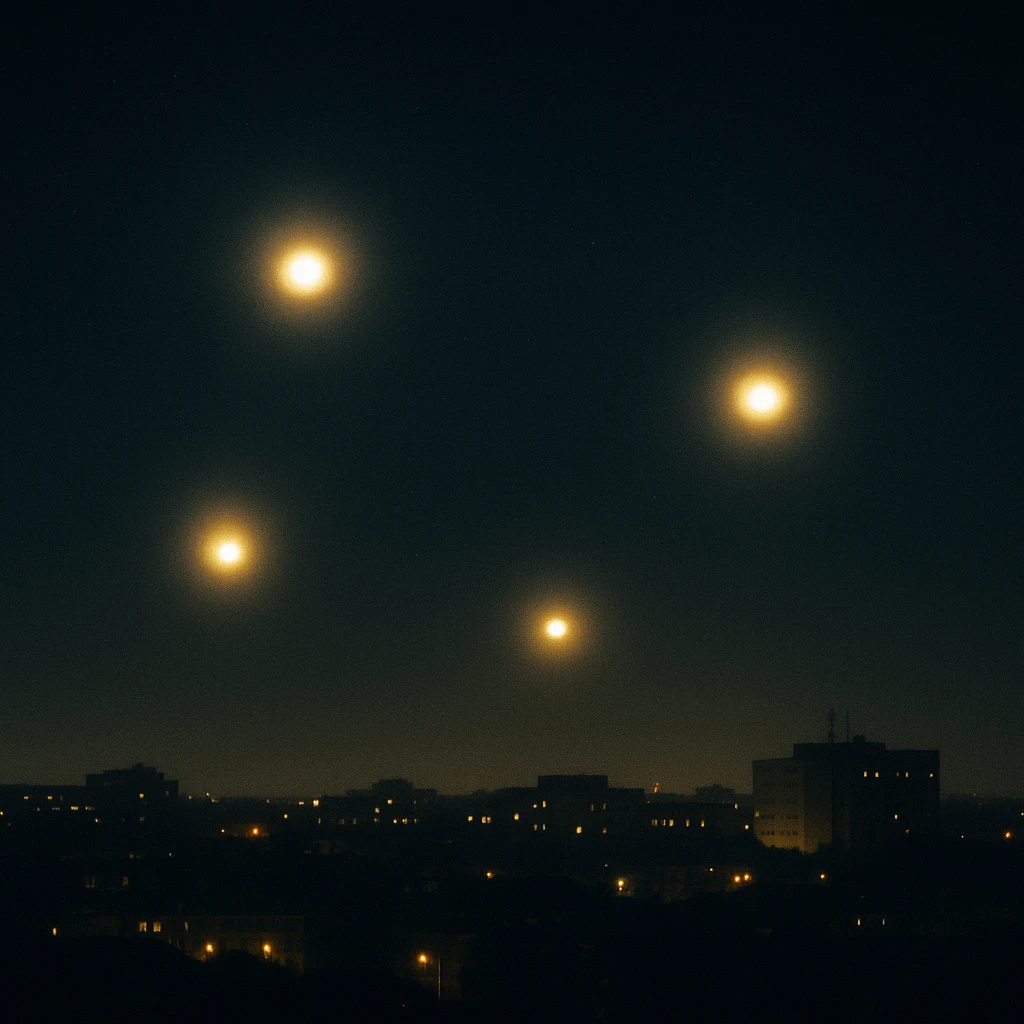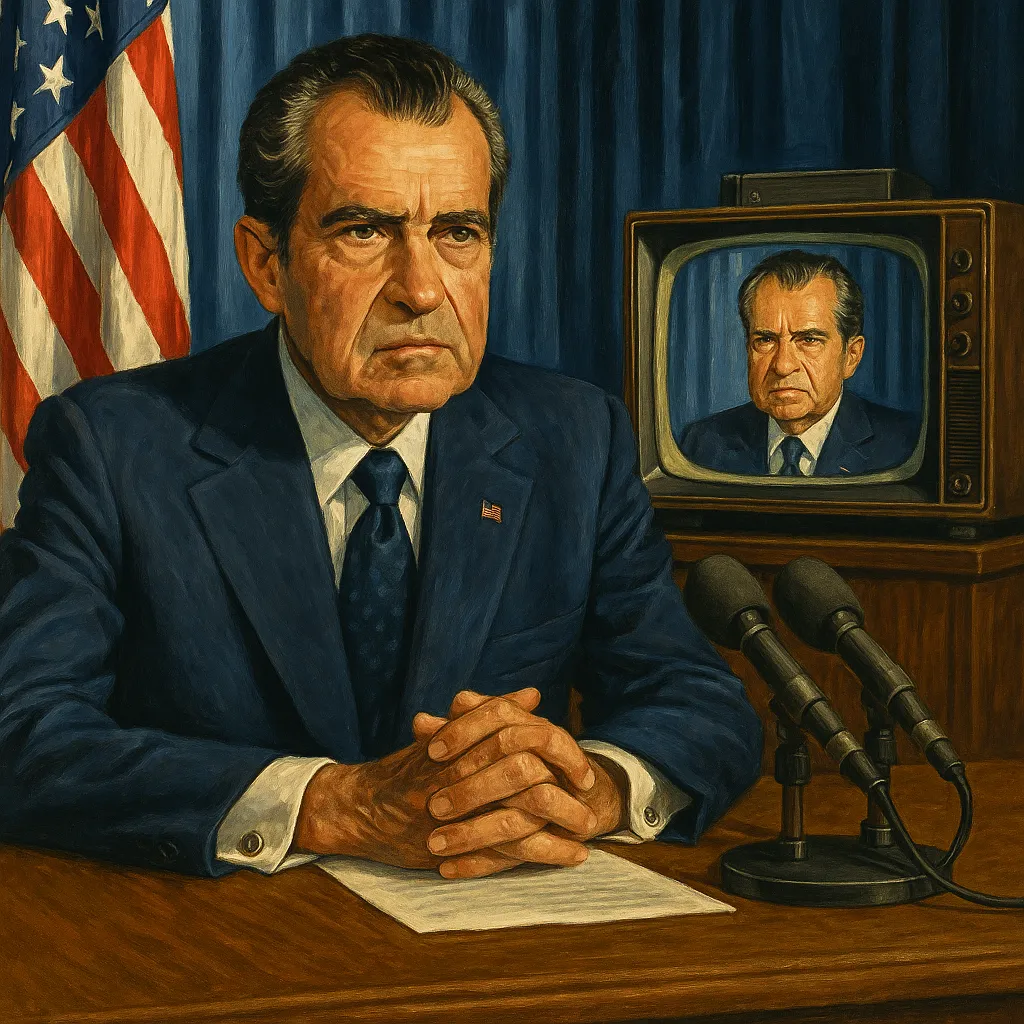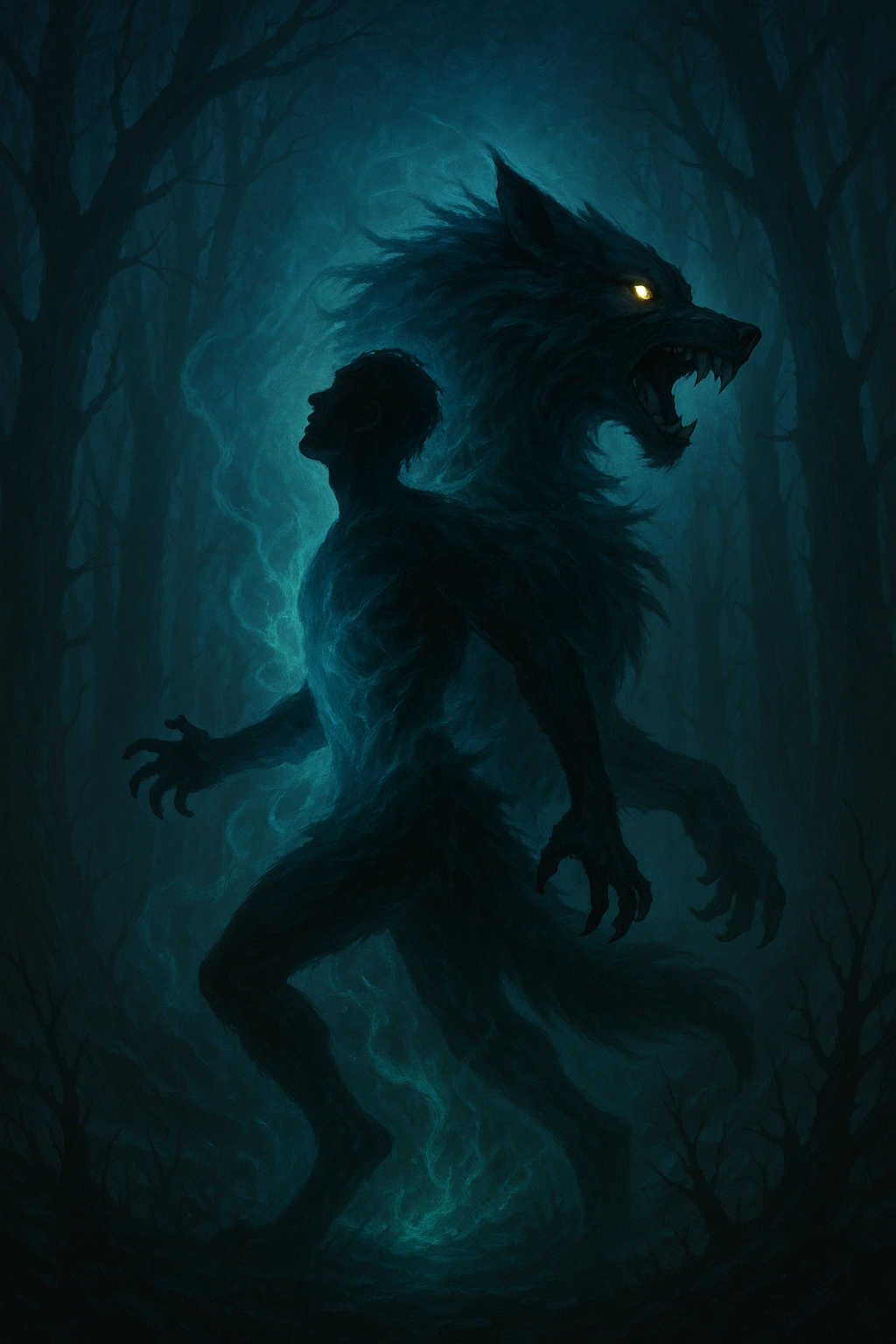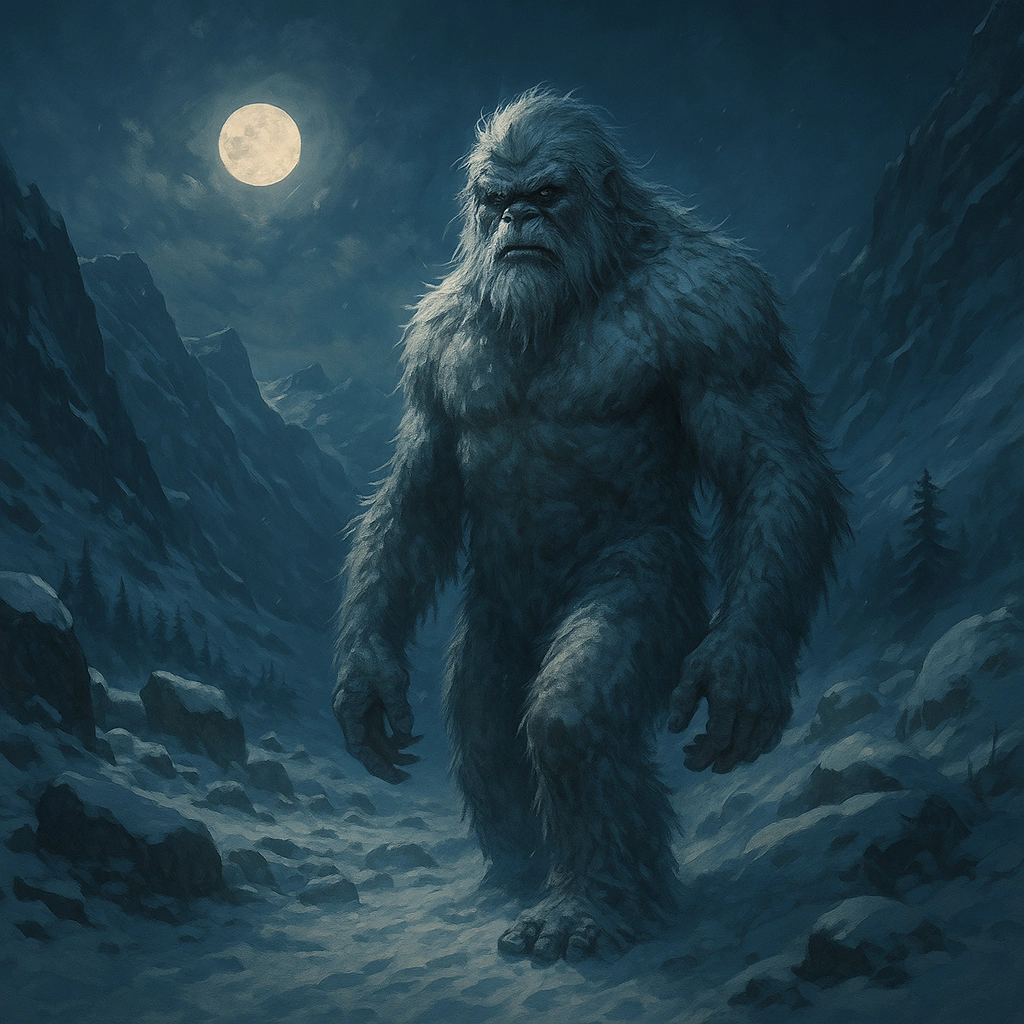UFOs
We Are Definitely NOT Alone
One January evening in 1878, as he hunted six miles south of Denison, Texas, John Martin saw a fast-moving object in the southern sky. Its shape resembled a "large saucer," though flying saucers did not enter popular culture until 1947. Martin's sighting reminds us that strange aerial phenomena existed long before the modern UFO age.
Kenneth Arnold and the Flying Saucers
On June 24, 1947, pilot Kenneth Arnold spotted nine disc-shaped objects flying at an estimated 1,200 mph near Mount Rainier, Washington. He described their motion as like "saucers skipping across water." Newspapers seized on the term "flying saucer," and the UFO era began in earnest-though the phrase "unidentified flying object" would gain favor in the 1950s.
The Great Airship Wave of 1896-97
Between November 1896 and May 1897, newspapers across America reported mysterious "airships"-cigar-shaped objects with brilliant searchlights. Theorists linked them to Martian visitors; hoaxers took advantage of the craze. These sightings show that UFO fascination is not confined to the modern era but echoes through history.
Official History: Sign, Grudge, Blue Book
The U.S. Air Force's first UFO investigation, Project Sign, began on December 30, 1947. It was followed by Project Grudge in 1949, which aimed to debunk reports, and Project Blue Book in 1952. Under Lt. Ed Ruppelt, Blue Book adopted a more neutral stance and even considered the possibility of extraterrestrial craft before reverting to skepticism under pressure.
The Robertson Panel
In January 1953, the CIA convened the Robertson Panel, a group of scientists who reviewed UFO data for four days. They recommended a public debunking campaign to reduce public interest and urged monitoring civilian UFO groups-shaping official policy and sowing distrust in UFO research for decades.
Project Stork Study
Between 1952 and 1955, Battelle Memorial Institute's Project Stork reviewed thousands of UFO sightings under contract with the Air Force. Statistical analysis showed that "unknown" cases were not simply "known" sightings with insufficient data-raising questions about what those unknowns truly represented.
Crashes, Cover-Ups, and Controversies
Rumors of UFO crashes and government recovery efforts persist. Frank Scully's 1950 book claimed saucer debris and alien bodies in a military hoax. Later, ufologists like Leonard Stringfield documented alleged crash sites and insider testimonies. While no definitive proof has emerged, the cover-up narrative remains a powerful part of UFO lore.
Modern Resurgence
The 21st century brought a new wave of official interest. In 2004, Navy pilots filmed "Tic-Tac" shaped objects defying known aerodynamics. In 2020, the Pentagon established the UAP Task Force to catalog and analyze sightings. Senate hearings in 2022 featured declassified videos of unexplained objects-rekindling public debate and congressional scrutiny over "unidentified aerial phenomena."
Propulsion Theories
Researchers and whistleblowers propose exotic drive systems: electromagnetic propulsion using high-voltage rings, inertial mass reduction via field generators, and even gravity-wave manipulation. Some insiders claim recovered craft use superconducting materials and zero-point energy-technologies that would upend physics if proven real. Skeptics counter that many sightings result from advanced human drones or sensor artifacts rather than alien engines.
Cultural Impact
UFOs have reshaped film, TV, and literature-from "The X-Files" to blockbuster alien franchises. They influenced Cold War psy-ops and inspired countless documentaries. Popular culture turned whistleblower tales into memes, turning once-obscure reports into household legends. The UFO phenomenon remains a living myth-one that evolves with each new sighting, video, and leaked briefing.


